|
Discover how editors and proofreaders can use text generative AI as a business tool that enhances marketing, increases productivity and reduces stress.
|
|
Editor Website Essentials: Find out how to craft a visible, loveable editorial website with this 10-step framework that takes you through the essentials of SEO, navigation, structure, visitors, UX, branding, web page copy, home page design, content and analytics. Find out more about the course.
|
|
Blogging for Business Growth: Learn how to create a discoverable, captivating and memorable blog that drives website traffic, increases visibility in the search engines, and generates editing work. Find out more about the course.
|
She is an Advanced Professional Member of the Chartered Institute of Editing and Proofreading (CIEP), a member of ACES, a Partner Member of The Alliance of Independent Authors (ALLi), and co-hosts The Editing Podcast.
- Get in touch: Louise Harnby | Fiction Editor & Proofreader
- Connect: Twitter at @LouiseHarnby, Facebook and LinkedIn
- Learn: Books and courses
- Discover: Resources for authors and editors
Listen to find out more about:
- In #1: Carol's blogging journey: The Subversive Copy Editor blog; Lingua Franca (for the Chronicle of Higher Education); Editor's Corner (for The Chicago Manual of Style); Fiction+ (for The Chicago Manual of Style)
- In #1: Blogging goals
- In #1: Coming up with ideas: two tips
- In #1: Blog promotion strategies
- In #2: Repurposing blog content
- In #2: Analytics, and how to avoid the rabbit hole
- In #3: Monetizing your blog
- In #3: Understanding the sales funnel
- In #3: Managing reader engagement
- In #3: Blogging trajectory: Deciding who to write for and when to stop
Related resources
- About Carol Saller
- Blogging for Business Growth (course)
- 'Blogging for writers' (Jane Friedman)
- But Can I Start a Sentence with “But”? (University of Chicago Press Editorial Staff)
- Content Chemistry (Andy Crestodina)
- 'Getting the Most from LinkedIn' (YouTube tutorial)
- 'Google Analytics Tutorial 2021 – Learn Google Analytics 4 (GA4) & Universal Analytics Step-By-Step' (YouTube tutorial)
- How to Build an Editorial Blog (book)
- 'How to promote your blog' (Blogging Wizard)
Music credit
She is an Advanced Professional Member of the Chartered Institute of Editing and Proofreading (CIEP), a member of ACES, a Partner Member of The Alliance of Independent Authors (ALLi), and co-hosts The Editing Podcast.
- Get in touch: Louise Harnby | Fiction Editor & Proofreader
- Connect: Twitter at @LouiseHarnby, Facebook and LinkedIn
- Learn: Books and courses
- Discover: Resources for authors and editors
Listen to #2 to find out more about
- In #1: Carol's blogging journey: The Subversive Copy Editor blog; Lingua Franca (for the Chronicle of Higher Education); Editor's Corner (for The Chicago Manual of Style); Fiction+ (for The Chicago Manual of Style)
- In #1: Blogging goals
- In #1: Coming up with ideas: two tips
- In #1: Blog promotion strategies
- In #2: Repurposing blog content
- In #2: Analytics, and how to avoid the rabbit hole
- In #3: Monetizing your blog
- In #3: Understanding the sales funnel
- In #3: Managing reader engagement
- In #3: Blogging trajectory: Deciding who to write for and when to stop
Related resources
- About Carol Saller
- Blogging for Business Growth (course)
- 'Blogging for writers' (Jane Friedman)
- But Can I Start a Sentence with “But”? (University of Chicago Press Editorial Staff)
- Content Chemistry (Andy Crestodina)
- 'Getting the Most from LinkedIn' (YouTube tutorial)
- 'Google Analytics Tutorial 2021 – Learn Google Analytics 4 (GA4) & Universal Analytics Step-By-Step' (YouTube tutorial)
- How to Build an Editorial Blog (book)
- 'How to promote your blog' (Blogging Wizard)
Music credit
She is an Advanced Professional Member of the Chartered Institute of Editing and Proofreading (CIEP), a member of ACES, a Partner Member of The Alliance of Independent Authors (ALLi), and co-hosts The Editing Podcast.
- Get in touch: Louise Harnby | Fiction Editor & Proofreader
- Connect: Twitter at @LouiseHarnby, Facebook and LinkedIn
- Learn: Books and courses
- Discover: Resources for authors and editors
Listen to #1 to find out more about
- Carol's blogging journey:
– The Subversive Copy Editor blog
– Lingua Franca (for the Chronicle of Higher Education)
– Editor's Corner (for The Chicago Manual of Style)
– Fiction+ (for The Chicago Manual of Style) - Blogging goals
- Coming up with ideas: two tips
- Blog promotion strategies
Related resources
- About Carol Saller
- Blogging for Business Growth (course)
- 'Blogging for writers' (Jane Friedman)
- But Can I Start a Sentence with “But”? (University of Chicago Press Editorial Staff)
- Content Chemistry (Andy Crestodina)
- 'Getting the Most from LinkedIn' (YouTube tutorial)
- 'Google Analytics Tutorial 2021 – Learn Google Analytics 4 (GA4) & Universal Analytics Step-By-Step' (YouTube tutorial)
- How to Build an Editorial Blog (book)
- 'How to promote your blog' (Blogging Wizard)
Music credit
She is an Advanced Professional Member of the Chartered Institute of Editing and Proofreading (CIEP), a member of ACES, a Partner Member of The Alliance of Independent Authors (ALLi), and co-hosts The Editing Podcast.
- Get in touch: Louise Harnby | Fiction Editor & Proofreader
- Connect: Twitter at @LouiseHarnby, Facebook and LinkedIn
- Learn: Books and courses
- Discover: Resources for authors and editors
What’s covered
- Reason 1: You’re not solving problems – and the fix
- Reason 2: You’re not solving the right problems – and the fix
- Reason 3: Your relevance signals are poor – and the fix
- Reason 4: You’re not sharing your solutions – and the fix
- Why you might decide to stop writing blog posts
You’re not solving problems
It’s your blog and you can put on it whatever you want. Just bear in mind that problem-solving content will always do better in the long-term.
Here’s what I’ve typed into Google in the past two hours:
- ‘What are the best power banks?’
- ‘Best wireless solar power banks for camping’
- ‘Why has ITVHub stopped working on my TV?’
- ‘How do I create shadows in Canva?’
Those are all problem-based queries. I was searching for solutions. Do I read opinion and experience pieces? Sure, now and then if they’re written by people I know, trust, like and am interested in. But mostly I search for solutions to problems.
THE FIX
If you’re blog engagement is stagnant, take a look at the content and think about whether you can shift the focus away from yourself and onto your reader.
You’re not solving the right problems
For instance, you might have some articles that help new editors decide which training course to take, or which online networking groups to join, or which conferences to attend.
Those are great if you have training, coaching and business development products and services in your business portfolio because they help target readers get to know you and trust you. There’s even a little SEO juice in the editorial key words and phrases you’re using.
However, if ultimately you want to be found by, earn the trust of, and sell editing services to a a writing client, it’s their problems you need to solve.
THE FIX
Consider who you want to sell to. It is editing and proofreading services to clients? If so, make a list of the 20 problems you come across most often when you’re working on editorial projects.
The analysis of and solutions to those 20 problems are the basis for 20 blogs posts.
If the issues are complex, break your 20 posts into 40 or 60 smaller chunks. Niche topics are accessible to your readers, but also offer you a more manageable writing schedule.
Plus, while niche problems are less likely to be searched for, when they are searched for they’re more likely to be found because there's less competitive content.
You’re solving the right problems but not signalling why your post is relevant
Google has no sense of humour – funny titles and headings without key words and phrases that tell the search engines how your post is relevant to a typed query will be invisible.
As for busy people, they're not so different to the search engines in that they scan for relevance too – either in the search-engine results to their query or on your actual post if they’ve clicked through.
A boring title that tells the reader exactly how you’ll help them will trump a funny but mysterious one every day of the week.
THE FIX
Check your H1 titles and H2 paragraph headings. Do they contain relevant key words and phrases? These enable the search engines to identify relevance.
Give people scannable H1 and H2 headings that tell them what’s on offer in the paragraphs that follow. If you can combine being witty with being informative, fair play to you. If you have to choose, go for informative!
You’re solving the right problems but not sharing your solutions
Well-crafted blogs that solve niche problems for your target audience and are findable in the search engines require that we invest time in our blog, that we commit to it, particularly while we’re building our bank of content.
It can take a while to build a bank with enough niche solutions to attract those perfect clients, and a while longer to build enough trust so that they’re not just reading your stuff but hiring your services.
And until your blog posts are visible, they’re not working for you.
THE FIX
There’s no reason why we have to sit back and wait for visitors to find us. Share your blog content, and share it regularly.
If you have 20 blog posts already, and the solutions you’ve offered in them are still relevant, they’re ‘evergreen’.
Don’t assume that just because you’ve publicized them once on Twitter, Facebook or LinkedIn, you can’t publicize them again.
Maybe person X didn’t read your post when you first published it. Maybe they did but forgot about it and would enjoy a refresher. Perhaps they won’t read it again but remember thinking it was useful, so they retweet it or share it. Person Y sees it for the first time and – ta-da! – you have a new reader.
Why you might decide to stop writing blog posts
Perhaps you don’t want to make time for it, or you don’t enjoy it, or you’d prefer to explore different marketing approaches. All of those are informed and acceptable reasons not to start blogging, or to park your blog.
But don’t make the decision on the grounds that it makes no difference to how people are engaging with your website. Millions of bloggers from within the editorial community and far beyond know different!
If publishing new blog posts doesn’t increase traffic to and engagement with your editing website, that’s not a signal that your blog posts make no difference. It’s a signal that your posts are either invisible or uninteresting. Both are fixable.
Wrapping up
Effective blog posts – ones that generate long-term traffic and engagement – solve problems, have relevant and scannable titles and headings, and are visible beyond the search engines because we’ve shared them with our audiences.
If your blogging isn’t working, fix the process before blaming the methodology!
More resources
- Article: Does my blog content have to be original?
- Editor resources library
- Article: How to save time by repurposing content
- Book: Marketing Your Editing and Proofreading Business
- Online training: Blogging for Business Growth
- Online training: Editing Website Essentials
- Online training: Social Media for Business Growth
She is an Advanced Professional Member of the Chartered Institute of Editing and Proofreading (CIEP), a member of ACES, a Partner Member of The Alliance of Independent Authors (ALLi), and co-hosts The Editing Podcast.
FIND OUT MORE
> Get in touch: Louise Harnby | Fiction Editor & Proofreader
> Connect: Twitter at @LouiseHarnby, Facebook and LinkedIn
> Learn: Books and courses
> Discover: Resources for authors and editors
Those visitors end up on my blog for three reasons:
- They want to hire me because of the job I do (copyediting fiction books)
- They want to find out how to do the job I do
- They’re already doing the job I do but are stuck
Big-picture focus
This article doesn’t focus on the technical minutiae of whether to use Wordpress or Weebly, filling in metadata, writing great headlines, breaking up text with pictures, adding in calls to action, SEO keywords, paragraph length and so on and so forth.
That’s not because all the micro stuff isn’t important, but because none of it will amount to anything if the macro issues aren’t in order.
Instead, I focus on six big-picture reasons why blogs become poorly, and offer some medicine that will turn them, and the websites hosting them, into vibrant resource centres that drive our businesses forward.
Some of the blogs I wrote between 2011 and 2015 are a technical disgrace but they worked – and still work – because the content is helpful and shareable.
A blog that doesn’t solve problems is a written exercise in self-indulgence and won’t make us the go-to professionals for anything. At best, we’ll be instantly forgettable; at worst, people will talk about us for all the wrong reasons.
A colleague recently told me about a piece of video content he’d watched: ‘After 10 minutes I’d lost the will to live. After 20, I’d lost the will for the vlogger to live.’ I trust my colleague, whereas I don’t know or trust that vlogger. Consequently, I didn’t watch the video.
There are a ton of online examples of desperate business owners employing attention-seeking methods to get eyes on their content. It can work once, maybe twice. But if we rely on shock, surprise, upset or gaining sympathy with our audience, and no solution, our content-marketing successes will be short-lived.
Don’t puke over the reader
We all have problems – that doesn’t mean we have to vomit over our audience with our content. Plus, shock and controversy have a short shelf-life. Today’s audiences are easily desensitized and quickly bored, so high-quality problem-solving content will trump the shock factor every time.
Nothing should appear on our blogs that doesn’t help the reader move forward in some way. And if we can’t solve a problem, we should hold off, research and rewrite.
Only once we have a solution should we publish.
When we do solve problems, we make ourselves valuable. People are more likely to talk about, share, like and comment on our blog content.
And that has huge SEO benefits over time because the search engines love seeing evidence of a great user experience. Focus on solving the audience’s problems from the get-go and we are well on the way to building a platform that puts us top of mind and discoverable in the search engines.
Lack of regularity is probably the most common reason for blog failure. We do it for a bit, then run out of ideas, or time, or passion.
This is how a reader perceives a blog that publishes content irregularly:
- The blogger doesn’t know their stuff well enough to solve problems
- The blogger isn’t committed or can’t be bothered to solve problems
Those feelings don’t inspire trust. If your window cleaner couldn’t be bothered to clean your windows on a regular basis how quickly would you try to find a replacement? It’s the same with blogging. No one’s going to talk about or share our content if we can’t be bothered to create it regularly.
Earning the rankings and referrals
We have to earn the right to be top of mind for referrals and benefit from our colleagues’ and clients’ SEO-driving activity.
And without those likes and shares, Google won’t recognize us as business owners who are actively engaging. That will impact negatively on our rankings.
Build a blog plan
If you don’t have the time or commitment for blogging, that’s absolutely fine. Don’t do it – focus on making your business visible in other ways. Blogging is just one option.
However, if you do want your blog to be your primary content platform, the solution is to build a blog plan beforehand.
Here are four initial steps for your plan:
- Identify your audience. Consider colleagues as well as clients.
- Create 52 draft titles for problem-solving content. If you plan to publish once a week, that’s a year’s worth of content ideas; twice a month and you’ll have two years’ worth.
- Decide on your publication schedule.
- Draft your promotion schedule.
Here are four ideas for how to generate content:
- Take inspiration from your job. What do your clients and colleagues struggle with? What have you struggled with? Answer those questions on your blog.
- Take note of the questions people ask in your industry’s forums and at conferences. Answer those questions on your blog.
- Invite questions on your website via a box or pop-out.
- Review products, apps, courses, books, tools, forums and conferences related to your industry.
Here are four ideas for how to save time:
- Write efficiently – create batches of articles around a theme.
- Repurpose existing content (e.g. from slideshows, presentations, case studies, reports, guest articles, books, meetings and conferences) as blog posts.
- Update stale content using your existing knowledge base. Blogging is a journey and it’s perfectly acceptable to revisit old topics; you’re demonstrating your readiness to review and adapt.
- Set aside time in your working week for your blogging.
No one searches online for a blog. They search online for solutions. If they click through to our websites, the first place they’ll head for is unlikely to be the blog tab. And even if is, will our visitor find the answer to their problems in the content that’s visible on the first page of the blog?
If we only have 10 pieces of content, yes. What if we have 40? How about 500?
Second homes
The solution is to create second homes for our blog content – libraries, hubs, resource centres ... call them what you will.
I have two on my website – a self-publishers page and an editor resources page.
There is not one single piece of fresh content on those pages. They’re libraries of titled images that depict what problem I’m solving. However, if you click on the images you’ll end up reading the full articles on the blog.
These libraries help my audience find my very best content – the stuff that’s most likely to be talked about, get me known, and make my visitors think I’m helpful and knowledgeable.
I only started creating content for one of those libraries in May; it’s already the fourth most popular page on my site ... and that’s because it’s obvious what’s on offer and whom it’s for.
Few business bloggers funnel their content through to other pages, and it’s the biggest lost opportunity I can think of. Do this and you will stand out from your competitors for very little additional effort.
Here, we’re using our blog content to turn our websites into resource centres rather than all-about-me-and-how-great-I-am sites.
My marketing coaches Andrew and Pete preach the art of creating content that makes people fall in love with you. I love this idea because it focuses on emotion – of getting under people’s skin, making them feel something.
This sits nicely with the problem-solving principle discussed above. When we solve problems we make people feel something – happy, grateful, relieved, empowered.
Emotion born from solutions
Just to be clear, those emotions should be evoked as a result of our solving a problem. For example, our funnies alone won’t be enough to make anyone subscribe to and share our content in the long term. No one will waste time reading a funny photographer’s blog if he or she doesn’t solve photography problems too. That’s because if all we want is a laugh, Dara Ó Briain and Rich Hall will do it better.
Tone on top of solutions
Even if our content is technically good, we have competition. Readers need to hear our voices and our personalities in our posts so that we stand out. I tend to go for warm and friendly.
Other tone options might include cheeky, funny, blunt, sweary or ranty. All of that stuff is great but bear in mind that it’s just dressing at the end of the day. It should always hang on a body of solutions.
Going deeper with solutions
There are already a bajillion blogs with the basics just, about everything. Repeating the same old stuff is boring, and boring blogs are a killer. We need to bring our blog posts alive with case studies (made-up ones if necessary), and stories based on our own experiences, so that our readers have gravy on the meat and two veg.
That kind of deeper detail draws people in, makes them feel like we’re really talking to them, not just stuffing our websites with keywords. That is not to say we shouldn’t aim our content at beginners or focus on the basics – far from it. Rather, our content needs to have personality and detail.
When we go deep we make an old subject sound fresh because it’s rich with our voices and our experiences.
I don’t visit a dentist’s website expecting to find a treatment for the verruca on my foot. I’m there to sort out my teeth. A blog needs to have a recognizable and understandable raison d’être too.
We’re busy and none of us has time to read everything, join every group, watch every vlog, listen to every podcast, do our jobs, and have a life. Blogs that don’t give people a very good reason to be there are doomed. They won’t be bookmarked, subscribed to or shared. If a reader doesn’t understand why they should bother, they’ll quickly lose patience and go elsewhere.
There are two reasons why an audience could become confused and disengage:
The content is coherent but isn’t aligned with the business creating it. This happens when the blogger has misunderstood the audience’s expectations even though there are myriad specialist solutions that could be offered.
The content is incoherent and there are too many audiences. This can happen when a business – usually a product-based one – can’t sustain long-term content creation around the product alone. To compensate, the blogger covers multiple topics for multiple audiences whose problems are already being solved in depth by relevant specialist bloggers elsewhere.
Here are two examples where those problems have been solved.
Coherent and aligned: The pro presenter
There’s plenty one can write about presenting, and that content can be targeted at non-presenters who need to tackle the process, and those who want to run a presentations business.
Relevant content might cover the following: dealing with stress, introversion, lack of confidence, speech impediments, organization and planning, which software to use, which venues are best, managing acoustics, scheduling, equipment, payment terms, contract problems, learning resources, apps and plugins to aid preparation, training opportunities, marketing a presentations business, getting published, creating engaging slides, finding and retaining clients, and so on.
The presenter is blogging about topics aligned to their core service and targeting an audience with problems related directly to it. The blog is therefore coherent and aligned.
Coherent and side-aligned: The condom company
There’s only so much one can write about condoms. Durex knows that it will not be able to sustain its audience’s interest in latex and lube, and there are only so many flavours and colours.
However, it also knows that its audience is interested in sex, otherwise people wouldn’t need condoms.
Durex has created a blog called Love Sex that offers all sorts of tips about perfect massages, advice on STDs, relationships, other forms of contraception, orgasms, positions ... you name it, it’s there.
It’s a very clever way of creating content about a related but more interesting issue.
If you can’t sustain long-term content creation around your product or service, shift your thinking sideways but make sure it’s focused on your audience’s problems.
Durex isn’t blogging about condoms, but it’s still focusing on content that’s related sideways to its core product. Its blog is therefore coherent and side-aligned.
Nudging with a name
Naming our blogs can help signal purpose. Mine’s called The Proofreader’s Parlour, which should be an indication that my focus is on words.
I also publish a lot of content about marketing, but it’s marketing for editors and proofreaders. And I offer content about training, but it’s training for editors and proofreaders. It’s not as interesting as the Durex blog but it solves my clients’ and colleagues’ problems and that’s all that matters!
Blogging without blog promotion is a supreme waste of time. It matters little that we’ve nailed all of the above if our blog’s invisible. We could spend hours crafting beautiful content for our target audience, but if we don’t invest the time or effort in making it visible it will have no purposeful business or economic value.
Superhero delivery
There are numerous ways to promote a blog, and what works for you might not work for me. One thing’s for sure though – social media is the superhero when it comes to content delivery.
Three huge platforms – LinkedIn, Twitter and Facebook – offer a superb suite of tools to help us get seen out there.
What clear is that it’s about more than just posting links and pretty pictures, now more than ever. Indeed, we have to work increasingly hard on these busy platforms with their ever-shifting algorithms.
However, persistence pays and there is no faster way to get your blog content, and your business, in front of people than by embracing social media.
Automating to make space for crafting
Content should be scheduled regularly because on some platforms, Twitter especially, the feed moves so fast that your blog-post links are more likely to be missed than seen. I post on Twitter ten times a day, seven days a week.
Automate your evergreen posts where you can (full automation will shortly not be possible on Twitter via the likes of Recurpost). That will free up time for posting manually on your core platforms. Manual posting allows us to craft our posts with the algorithms in mind.
An example: Crafting for Facebook
Here are some of the ways in which you might promote your blog content on Facebook:
- Upload blog posts natively (direct to the platform) rather than linking.
- Create mini summaries of a blog post on a Page that invite conversations. Place a link to the blog post in the first comment.
- Upload cute, shareable videos that summarize the core themes of a post.
- Run chatbot campaigns that include booklets repurposed from blog content.
- Upload vlog versions of blog content.
- If your broadband connection is stable, go live with a discussion of your content.
- Post links to blog posts in groups if that content answers a specific question. If in doubt check with the admins that this is acceptable practice.
- Join blog carnivals (threads of links to blog posts) in Facebook groups where the practice is encouraged. If it doesn’t yet exist, suggest it to the admins.
- Be purposeful with problem-solving
- Build trust with regular publishing
- Spotlight your best content in second homes
- Infuse the key takeaways with deeper stories and case studies
- Align or side-align your content with your business so that it makes sense for your audience to bother with it
- Commit to promotion so that your hard work is visible
Good luck building a healthy blog!
Here's a free ebook. Visit the Blogging page in my resource library to download this free booklet.
And if you're ready to dig even deeper, take a look at my course Blogging for Business Growth.
She is an Advanced Professional Member of the Chartered Institute of Editing and Proofreading (CIEP), a member of ACES, a Partner Member of The Alliance of Independent Authors (ALLi), and co-hosts The Editing Podcast.
FIND OUT MORE
> Get in touch: Louise Harnby | Fiction Editor & Proofreader
> Connect: Twitter at @LouiseHarnby, Facebook and LinkedIn
> Learn: Books and courses
> Discover: Resources for authors and editors
MailChimp frequently updates its settings. If you find this video no longer works for you, feel free to give me a nudge so I can create a revised tutorial.
If you prefer to read the instructions, here they are:
Assumptions
- You have an existing MailChimp account (you can use MailChimp for free if you have fewer than 2,000 subscribers).
- You’ve created a sign-up form on your website to encourage blog subscription.
- That subscription list is managed via your MailChimp account.
Step 1 (as of December 2017)
- Login and select Campaigns from the dashboard.
- Click Create Campaign.
- Select Create an Email.
- Select Automated.
- Click on Share blog updates.
- Give your auto-delivery campaign a name.
- Choose the subscription list you’ll deliver to.
- Select Begin.
- Find your RSS feed (try pasting the URL of your blog first. This will usually enable MailChimp to locate the feed).
- If that fails, add the your blog feed icon to your website. Publish your site, click on the icon and copy the feed address in the browser window.
- If that doesn’t work, try clicking somewhere on your blog page and selecting View Page Source. Search for RSS. The feed URL is found between the quotes after href=.
Step 6
- Enter the blog-feed URL.
- Select your delivery options.
- Tell MailChimp whom you’ll be delivering to (probably Entire List).
- In the next window, you can leave most of the boxes as they are, though consider checking the personalization box and amending the From Name text to your name.
- Now select a template. I use Basic: 1 column so that there’s less to delete when I set up the feed.
- Amend the template.
- Click on and delete the preset elements.
- Drag and drop in RSS Items.
- Amend the style to determine what readers see.
- Preview your feed then select Start RSS.
She is an Advanced Professional Member of the Chartered Institute of Editing and Proofreading (CIEP), a member of ACES, a Partner Member of The Alliance of Independent Authors (ALLi), and co-hosts The Editing Podcast.
Visit her business website at Louise Harnby | Fiction Editor & Proofreader, say hello on Twitter at @LouiseHarnby, connect via Facebook and LinkedIn, and check out her books and courses.
Q&A with Louise: Is blogging dead or can I still use it to make my editing business visible?
11/12/2017
A lot of people are talking about how video and podcasting are the big things. Would I be better off carving my niche with one of those, or is a blog still viable? I’ve read articles saying that blogging is on the way out but it’s still my preferred option. Your advice, please!
I’m going to break down your question into three sections.
- What does your audience prefer?
- Which channel best communicates what you’re offering?
- Why blogging isn’t dead ... and what you need to pay attention to
What does your audience prefer?
I think this is the key issue. How you and I would prefer to carve out a niche is less important than what our target audiences want.
I know a lot of pro marketers who have podcasts and vlogs and blogs. However, they still tend to focus on one channel and repurpose the content for others because:
(a) they need to appeal to broad audiences with multiple preferences, but
(b) they still only have 24 hours in a day.
The situation for the editor is, I think, less demanding. I’m not for a minute suggesting that authors, students, charities, businesses and academics don’t consume audio-visual content. They do.
I’m suggesting that since they’re looking for editors and proofreaders to help them with their writing, our providing content in written form makes sense.
Blogging is therefore a good fit – a natural solution – because people with wordy problems are more likely to feel at home on wordy platforms.
Think, too, about search. An academic looking for guidance on how to style her citations according to Chicago is more likely to search on Google than on YouTube, and unlikely to search on Pinterest.
Now, of course, the search engines don’t link only to written content – not at all – and the more audio-visual content there is, the more it will show up in the search engines.
However, highly ranked content holds its position because the search engine algorithms have deemed it interesting and valuable, based on the extent to which it’s linked to, shared, liked, commented on, and for how long people are engaging with it.
We’re more likely to get positive responses to our content if we’re using channels that are suitable. And this is where I worry that the podcast and the vlog are not ideal primary platforms for editorial content ...
Which channel best communicates what you’re offering?
What works best will be determined by the nature of your content and what your audience wants to do with it. Here are a couple of examples:
-
Explaining point of view: Some of my authors are still developing their story craft and I wanted to offer guidance on narrative point of view. I’m not a developmental editor so I asked a specialist, my friend Sophie Playle, to guest for me.
What she produced was a detailed, informative overview of what is a complex subject. The written examples from published works that she used to illustrate her examination were superb examples of narrative POV in action. (See
Slipping into character – understanding the impact of narrative point of view.)
Imagine the pickle we’d have got into if she’d tried to do that with video or audio!
- Demonstrating proper citation: Some early-career academics struggle with formatting citations and references according to industry-recognized style guides such as APA or OSCOLA.
Content that shows them how to do it right is high value. Can you imagine doing that with audio? I can’t.
Video could work if there were screenshots, but what a bore it would be for the viewer who wanted to return to the guidance later but couldn’t remember the time-stamp marker where the fabulously useful advice bounced onto the screen.
Creating great content is about value, but also about accessibility. We need to ensure that our audience can get the help they need as quickly as possible and in a way that makes it usable. Otherwise they’ll become frustrated and go elsewhere.
The beauty of the blog is that our audience can scan, grab, like and share quickly. That’s what marketers call a ‘good user experience’. I call it making people happy.
Why blogging isn’t dead
I’ve read those articles too. I’m flummoxed by them. They seem to assume that there’s only one market and that it’s full of people with the same problems, and that those people want to access solutions in the same format.
That’s not the case. It can’t possibly be so for the reasons I’ve already discussed.
I have evidence too. In 2017, my website received 343,302 page views (green column below). Google Analytics tells me that my blog content was the primary driver. I create content not only for authors but also for proofreaders and editors (it’s how you found me) and it shows that I’m ranking in the search engines for the questions people are asking and that I’m providing answers for.
And while most of those visitors are colleagues (or people thinking about entering the industry), my being discoverable in Google for keyword search terms such as proofreading drives clients my way.
You might also be interested in technical writer John Espirian's analysis. John started posting regularly on his blog several years ago and he's been purposeful about branding, scheduling, sharing and scope right from the get-go.
He's found a significant correlation between his page views and his blogging. I think his results are superb and demonstrate how powerful blogging still is in terms of visitors to one's website.
Some of the objections raised in regard to blogging are as follows:
- It’s not mobile-friendly
- It can’t be digested in multiple formats (unlike, say, video, which can be listened to as well as watched)
- People are less likely to subscribe to blogs these days
- Blogs are dense and text-heavy
- Blogs are less emotive than video or audio
I believe there are solutions to these potential problems and I’d therefore recommend paying attention to the following:
Mobile-friendly
Make sure your website is responsive. That way, all the content – from your blog to your home page – will be readable on a mobile device.
Try to keep your paragraphs short – anything more than two to three sentences on your laptop or desktop screen will appear as a wall of text on a smart phone.
Multiple formats
There’s nothing to stop you repurposing your blog content and introducing other media into the mix. For example, you could include short introductory videos about the blog post that could be used on social media to drive readers to your site.
You could also introduce video tutorials into the mix, if and when they're relevant. I've done this with the installation instructions for my digital proofreading marks. Some of my colleagues have created excellent tutorials on macros and using Word's styles function.
Or you might also create PDF versions of your blog posts so that readers can download the content to their preferred devices and read it at their leisure. Here’s an example of something I created to alongside my article Should a writer hire a freelance editor before submitting to an agent? And should editors accept the work?
Just because people aren’t subscribing doesn’t mean they aren’t reading, sharing, liking, commenting and linking to a blog.
I began building my subscription list back in 2017. By May 2019 it stood at 900+. Compare that with 398K+ website page views in the past 12 months and it becomes clear that readership doesn’t equal sign-up.
The big issue is whether we’re discoverable by those who need our help and want to commission our services or buy our books, training courses and other products.
Do we have a visible online fingerprint? Does that help our potential clients to find us? And are we securing the kind of work we want at the fee we desire? Those are the questions we should be focusing on.
Density
Current evidence suggests that longer blog posts get more likes and shares (see The Ideal Length for Blog Posts, Tweets, and Everything Else in Your Marketing). That can mean that our content is text-heavy.
Two thousand words of waffle won’t do the blogger any favours so quality is always paramount. Focus on solving people’s problems and you won’t go far wrong.
And if that means walls of text, break them up – not only with paragraph breaks and headers but also boxes, quotes images (Canva is your friend!), and bites of video or audio.
Emotional connection
There’s no doubt that when it comes to hearing someone’s voice and seeing their smile audio and video have the edge. That’s another reason why you might decide to add these media into the mix.
But written content can be emotive too. When we solve people’s problems we make them feel something – relief, appreciation, a sense that they’re not alone, that they’re being listened to.
I’m hoping you feel I’ve listened to you by dedicating this Q&A to your question and that you feel happy as a result. And I hope that you’ll share this post and visit again. That’s a win for both of us.
And if you publish consistently useful, emotive stuff on your blog on a regular basis, you’ll build trust. When we’re trusted, our content is more likely to be shared and linked to ... sometimes even before the reader has had time to look at it.
You can enhance those trust levels by making your blog posts recognizable, for example by incorporating images with a consistent design and your brand colours.
Delivery
Getting eyes on your blog is tricky at the beginning. Social media is the most powerful delivery tool available and should be incorporated into any content marketing strategy.
Invisible content is of no value to you or your audience so build your network and use it to share what you’re publishing.
Even if your blog content is solely focused on clients’ problems, other editors and proofreaders will also be interested because their clients might have similar concerns.
Plus, colleagues are advocates. The international editorial community is beyond generous ... unusually so, I think. Engage with it, share your blog content with it, and give back what you get through reciprocation. If you create high-quality posts, your editorial friends will support you, I promise.
What should you do?
If your target audience wants to receive your content in written format, and that’s something you want to embrace, you should blog.
Blogging isn’t on the way out. It’s as vibrant as ever ... as long as the content is giving people what they need, discoverable by those who need it, and readable on the devices they’re using.
And to answer the final part of your question, I am absolutely going to continue blogging – I think that for our audience nothing beats it. I’m excited (and nervous!) about incorporating audio and video but the blog will remain my primary channel until further notice!
Let me know when yours is live!
Eguide: How to Build an Editorial Blog (Business Skills for Editors 2)
Multimedia course: Blogging for Business Growth
She is an Advanced Professional Member of the Chartered Institute of Editing and Proofreading (CIEP), a member of ACES, a Partner Member of The Alliance of Independent Authors (ALLi), and co-hosts The Editing Podcast.
Visit her business website at Louise Harnby | Fiction Editor & Proofreader, say hello on Twitter at @LouiseHarnby, connect via Facebook and LinkedIn, and check out her books and courses.
Many of those academics will be dab hands at citations and referencing. Their subject’s preferred style manual will be like an old friend. But what about the beginner – like the student submitting to a journal for the first time – or the experienced scholar who’s asked to create references according to an unfamiliar style guide?
Some of the best-known academic style manuals are overwhelming. And that’s why people turn to the search engines for solutions – summary cheat sheets that break the guidance down into accessible chunks.
I put the phrase ‘APA style summary’ into Google. There were just under 15 million results. Who got there first? Probably not the American Psychological Association.
So, if nearly 15 million people have already created this content, including some of your colleagues, why should you?
Let’s consider a PhD student. She’s submitting a Master’s dissertation in three months’ time and she has two problems:
- She needs to find a proofreader with experience of the social sciences. Her university insists that a third party cannot style citations and references on her behalf. Nevertheless, she needs someone who’ll spot a mistake.
- She needs to learn how to style her citations and reference list according to APA guidelines as per her university’s submission guidelines.
First, she heads for a professional editorial directory. From it, she selects ten proofreaders and visits their websites. They all have similar experience and training. All ten proofreaders therefore solve the first problem.
Right now, her problem is whom to choose.
Next, she heads to Google to solve the second problem. The sixth edition of the Publication Manual of the American Psychological Association costs just over £22 in 2017 and stretches to 272 pages. She is up to her neck in student-loan debt as it is … and 272 pages? Surely there’s some free guidance online.
Remember those 15 million results I mentioned above? Now she has to sift through just a teeny-tiny bit of that.
Let’s go back to her first search. Imagine you’re one of those ten proofreaders, but you can solve both of her problems. If you’re the person who can proofread for her and provide her with an accessible summary of APA, you’ve just achieved the following:
- Saved her time by removing the need for another online search
- Presented yourself as an editorial professional who understands the bigger academic picture
- Given her a freebie
Now her problem is not whom to choose but whether you’re available.
That in itself is a good enough reason to get yourself a copy of the Publication Manual of the American Psychological Association (or any other style manual that your target clients use) and get busy creating blog posts and complementary summary resources.
That someone else has done it already is not the issue. That you’re solving the problems of people who’ve bothered to visit your website is. It’s likely you’re being compared with others, so demonstrating wider knowledge and being helpful adds value to what you bring to the table and makes you stand out.
If a potential client is on your website looking for solutions to problems, two things can happen:
- They find an answer and stick around
- They don’t find an answer and move on
Most of our clients don’t have one problem (say, finding an editor). They have a stack of problems. The more you can solve, the longer they’ll stay.
I’m told that Google gives brownie points to websites that are lingered on, but even if it didn’t, every minute a potential client is on your website is a minute they’re not on your competitor’s. That’s another minute of engagement, another minute’s worth of trust, another minute where they might visit the Get a Quote or Contact page.
Of course, there’s an alternative. Back to our Master’s student. You’re one of the ten proofreaders she selected. She also needs help with APA citation and referencing. Your website tells her all about what a brilliant proofreader you are.
You want to help her with APA styling. But you don’t want to create a summary because your lovely colleague Josie Proofreader has already done something similar. Instead, you kindly put in a big fat link to Josie’s website so that your potential client can access this fabulous resource.
The client skips over to Josie, sees that she’s also a brilliant proofreader, and promptly forgets the ten she was previously considering (including you). After all, Josie is so helpful, so knowledgeable – her site’s like a one-stop shop.
Now her problem is whether Josie is available.
There’s nothing wrong with linking to colleagues’ sites (links to relevant websites are good for SEO) but when it comes to the really helpful, substantive, stand-out, problem-solving stuff, that should be on your site – written by you, in your voice, your style, and with your branding on it.
Cite your primary sources, of course, (in this case, the APA). We, as editors, know better than anyone the problems of plagiarism and the etiquette of citation. Here’s the guidance I use for creating content (based on the advice of pro white-paper writer Gordon Graham):
- Think like a lawyer
- Research like a think tank
- Cite like a scholar
- Write like a journalist
- Communicate like a person
There are some types of content that I don’t feel comfortable creating. For example, I’m a specialist sentence-level editor so I’m not the best person to give advice on developmental editing conundrums. That doesn’t mean I don’t want that content on my website, though – for all the reasons outlined above.
Guest posts are the solution. Not just any old guests – friends and colleagues who have in-depth, specialist knowledge that I think will be of benefit to my readers. Here are just a few examples:
- Developmental editor Sophie Playle has written for me about manuscript critiques and point of view
- Pro marketers Andrew and Pete have discussed using video in editorial marketing
- Non-fiction editor Denise Cowle has offered advice on content quality control
- Technical editor Paul Beverley has provided guidance on using macros in editorial work
- Technical writer John Espirian has given the low-down on working with two screens
- Publisher Chris Hamilton-Emery (of Salt) has helped self-publishers with cover design
Their content helps to keep my readers on my website – that’s a win for me. My readers are made aware of my contributors’ expertise – that’s a win for them. And I and my contributors get high-quality inbound/outbound links to our websites – that’s a win for all of us.
If your editorial blog is new and you’re looking for some guidance on what to expect from your guests, here are my rules for contributor content:
- It must be of outstanding quality – well written, engaging and shareable
- It must solve problems for my core audiences: editorial professionals and self-publishing authors
- It must offer something different to my readers – a different voice, approach, experience or knowledge bite
- It must be substantive – clickbaity 200-word soundbites of waffle peppered with SEO-friendly keywords and a link-juice-driven bio is not where I’m at
Every time we host a guest we have the potential to enrich the quality of the content on our own sites.
I’ve written for other people too: The Publishing Training Centre, the Society for Editors and Proofreaders, BookMachine, Society of English-language professionals in the Netherlands, An American Editor, and several editor colleagues.
Every time we write for others we expand our audience reach via theirs.
This may appear to contradict my earlier advice about keeping your own content on your own site. My approach is me-first, me-most.
Most of the content on my site has been created by me and demonstrates my skills and my willingness to be helpful. However, curation and reciprocity have their roles – you give a little, you take a little. It’s editorial content backscratching!
Repurposing is one way of bringing quality content you’ve published elsewhere back onto your own turf. Just duplicating the text isn't advisable because it can affect your website's rankings in the search engines. Instead, try these three ideas:
- Turn the blog post you wrote into a PDF booklet and add that to a resource hub on your site and your blog. That way you're recycling rather than repeating
- Take core ideas from the content and rewrite them from a new angle, or dig deeper
- Create a slideshow of the key points and create a recorded tutorial
Summing up
- Create content in your own voice and in your own way even if it already exists
- Don’t copy your colleagues; instead, go to original sources and cite accordingly
- Focus on solving clients’ problems; add value to your editorial offering
- Be prepared to host and write for others but take a me-first, me-most approach
- Bring it back; repurpose content you’ve given to others
More resources
- Course: Blogging for Business Growth
- Guides: Business Skills Collection
- Blog: Is blogging dead or can I still use it to make my editing business visible?
- Podcast collection: Editorial business tips
She is an Advanced Professional Member of the Chartered Institute of Editing and Proofreading (CIEP), a member of ACES, a Partner Member of The Alliance of Independent Authors (ALLi), and co-hosts The Editing Podcast.
Visit her business website at Louise Harnby | Fiction Editor & Proofreader, say hello on Twitter at @LouiseHarnby, connect via Facebook and LinkedIn, and check out her books and courses.
How were we going to convince a room full of wordsmiths that content marketing is valuable, doable and enjoyable?
To cut a long story short, we asked them to throw their split infinitives, comma splices, dangling modifiers and restrictive clauses out of the window for 120 minutes and have a bit of fun with us.
Did they rise to the challenge? You bet!
Every business owner needs to do marketing. And if you love it (like I do, like John does) that’s great. But what if you find it a bore? What if you’re someone who prefers the work you do to the work you do to get the work you do? Still with me?
Editors and proofreaders are just as time-poor as anyone else. Marketing takes time and effort. And content marketing requires commitment because you won't see the impact overnight. One of the best things about content marketing, though, is that it’s ripe for playfulness. And that’s the case whether you’re doing it or learning to do it.
That playfulness must be on-brand, of course, but creating useful, helpful, valuable content that solves clients’ problems needn’t be a dull process if you keep an open mind.
John and I asked our colleagues to open their minds and go a little bonkers. And if you think you can’t do content marketing, perhaps you can try this exercise too.
We spent the first hour on the why and what of content marketing so that our friends understood the principles that underpin the approach.
And just in case you don’t know, content marketing is basically about creating and delivering useful stuff that inspires people to trust you, engage with you, even buy from you.
Next, we asked them to get into groups of two or three. Then we handed them a list of businesses and asked them to choose one. And so began the Whacky-business Workshop.
There were no businesses related to editing and proofreading, mind you. None of the jobs in that list is something any of us has ever done; some of them aren’t even real, though not many. Instead, we gave them a list of whacky businesses – that way, our delegates would be forced away from their existing editorial business focus, and free to embrace a content marketing mindset.
Here’s what they had to play with:
- Teleportation unit distributor
- Chicken sexer
- Cryonic suspension service
- Dog-breath sniffer
- Flatulence smell-reduction underwear maker
- Fungal toenail model
- Human scarecrow
- Iceberg remover
- Professional apologizer
- Professional cuddler
- Professional mermaid
- Small travel company specializing in time-travel holidays
20 minutes to think, 1 minute to present
We asked them to think about what problems those companies’ potential customers or colleagues would have – what they might ask before they decided to engage with or buy from one of those businesses – then generate as many content ideas as they could in 20 minutes. There were 2 rules:
- The content had to be useful – solve problems/concerns
- The content had to make John and me laugh
Those who made our bellies ache the most would receive a chunk of content marketing goodies – well, books; we are editors, after all – written by industry experts.
If you can take everything you’ve learned in an hour, apply it in 20 minutes, and generate a framework of solutions in 60 seconds – and with a company and customers you know nothing about – what might you do if:
- you have fewer time constraints
- you’re applying the principles to a business you know like the back of your hand
- the client base is understood
- you have skills for and knowledge about the work required
Believe me, if you can generate 10 questions that a client might ask before hiring a human scarecrow, 3 videos about the benefit of fart-reduction underpants, or 6 reasons to hire a professional mermaid – in the time it takes to bake a cake – coming up with ideas for a year’s worth of content for your editorial blog, vlog or podcast will be a walk in the park.
And our session proved it. Our colleagues were amazing. Some were content marketing novices when they walked into the room, others were looking to hone their skills, but all of these perfect punctuators, grand grammarians and artful amenders slipped easily into the shoes of their new businesses … and their audience.
Of course, there can only be one winner … well, two in this case: our friends and fellow pro editors Kate Haigh and Kia Thomas. If you’re seriously thinking about setting up as a human scarecrow and you need help with your marketing strategy, just call them.
Company name
Outstanding in the Field – Human Scarecrows!
Content aim
To make our website a valuable resource for other human-scarecrow professionals
Content ideas – solving potential clients' and colleagues' problems
- Why is a human scarecrow better than a traditional scarecrow?
- Can I be a scarecrow if I have coeliac disease?
- What are the best stain removers for crow poo?
- How to make home remedies for hay fever
- Can a female scarecrow use a Shepee?
- Instructional PDF of how to build your own arm supports
- Video of basic poses
- Famous scarecrows throughout history and how to emulate their look
- Makeup video tutorial
- Will Twitter attract followers or scare them away?
- How to connect with tin men and cowardly lions
It's true. Editors and proofreaders are problem solvers by nature. We spend our working days finding problems and working out how to fix them … not with blunt force but with elegance, with respect, with our writers in mind. We query kindly, we tweak tenderly, and we never forget that if our clients don’t have problems, we don’t have jobs.
And that’s pretty much what content marketing is all about – identifying problems, offering solutions, and doing so in a way that makes the potential client trust you.
So if you think you can’t do it, that it will be too hard, will take too much time, that you won’t have enough ideas, that you’re an editor not a marketer, then try being silly. Pick one of those whacky companies and ask yourself what you’d want to know before buying from them.
Turn those queries into a list of ideas for blog posts, videos, PDFs, infographics, booklets or podcasts. There are no rules – you’re just having fun. When you’re done, think about your editorial business and your clients. What are their problems? And how might you create and deliver the solutions?
No problem is too small, and no question too basic. If you’ve thought of it, chances are there’s a potential client who’s thought of it too. Why not be the one to fix it and have that solution on your website?
If you have a question about content marketing for an editorial business, drop me a line or leave a comment. I’ll do my best to help … unless it’s about human scarecrows. In which case, you know who to call.
More resources
- Book: Marketing Your Editing and Proofreading Business
- Books: Business Skills for Editors series
- Blog and booklet: Overcoming marketing paralysis: How to turn overwhelm into action
- Blog archive: Marketing Tips
- Podcast collection: Editorial business tips
- Blog: 2 business mindset tips for new editors
- Blog: Why you MUST market your editorial business. Part I
- Blog: Why you MUST market your editorial business. Part II
- Course: Blogging for Business Growth
- Guide: How to do Content Marketing
She is an Advanced Professional Member of the Chartered Institute of Editing and Proofreading (CIEP), a member of ACES, a Partner Member of The Alliance of Independent Authors (ALLi), and co-hosts The Editing Podcast.
Visit her business website at Louise Harnby | Fiction Editor & Proofreader, say hello on Twitter at @LouiseHarnby, connect via Facebook and LinkedIn, and check out her books and courses.
Here are two reasons why a lot of proofreaders and editors struggle with marketing:
- They think it’s too difficult
- They think it’s too time-consuming
Here’s an option that will solve both problems. I’m talking about something I bet all of you do rather well, and how you can get some efficiencies from it that will stretch your marketing budget (no Lycra required!).
What do you do really, really well?
I’ve not yet met one of my peers who couldn’t have a decent conversation with me about editing and proofreading – whether it be a technical or stylistic issue, or a business-development matter. You're all great at it.
And if you can talk about it, you can write about it.
And if you can write about it, you can offer that information to colleagues and potential clients.
And that’s marketing.
So, for those of you sitting in the too-difficult camp, you’ve no excuse!
And here’s a tip – solving problems is always good fodder for marketing. If you’ve read Marketing Your Editing & Proofreading Business, you’ll recall my discussion of Kevin Daum’s Differentiation–Empathy–Solution framework. The empathy part of the framework is where you identify the problems. The solution part of the framework is … well, it’s pretty obvious!
If you’ve read How to do Content Marketing, you’ll recall that I bang on non-stop about solving clients’ problems.
So write about all the problems you’ve ever been asked to solve and you’ll not go far wrong in terms of engaging with the audience who asked the questions in the first place.
Now we’ve got that out of the way, let’s look at one way you can save yourself time in the long run …
Recycling
This year I landed a free ticket for the Summit on Content Marketing via content marketing masters Andrew and Pete. One hundred speakers in twelve days. No, I didn’t listen to all of the webinars. And I was up until 1 a.m. frequently, just to catch what I could. But it was worth it because one of the sessions was by Gordon Graham, aka That White Paper Guy.
In ‘One White Paper, Five Ways: Stretch Your Content Marketing Budget by Repurposing’, Graham demonstrated how after creating one large, in-depth piece of writing (which can be used as a marketing tool in its own right) you can create additional promo pieces from it by slicing and dicing. More on that later.
Now, Graham specializes in the white paper – ‘A persuasive essay that uses facts and logic to promote a better way to solve a business problem’ – but we editorial pros can take the basic principles and use them to create our own problem-solving materials too.
Let’s put aside the term white paper and think in terms of booklets instead – ebooklets specifically, since we can post them on a blog and pages of a website, send them out to our mailing list or blog subscribers, email them to colleagues or clients who are looking for answers contained in that booklet, link to them in our social media posts, upload them to our membership forums, and so on.
What makes a great booklet?
Graham has some wonderful advice on how to approach a white paper, but I think these points are well worth bearing in mind for booklets too. I’m paraphrasing here but it boils down to this:
- think like a lawyer
- research like a think tank
- cite like a scholar
- write like a journalist
- communicate like a person
We’re editors and proofreaders. That’s mostly nuts-and-bolts stuff that editors are paid to look out for, so I’m confident every one of us can do this.
Upside-down thinking
In the past, I’ve tended to think of my writing upside down. I might create several blog articles and then wonder whether, because they’re related (say, by topic), I can merge them into something more substantive. My first two books emerged, in part, from that mode of thinking.
There’s absolutely nothing wrong with that approach. However, it’s not always the most efficient way of doing things; I tend to limit myself in terms of word count and perhaps omit information that I’d like to explore in more depth but choose not to because I don’t want to overload the reader.
And then, when I want to create something more substantive, I have to go back and rewrite large chunks of material to ensure the detail’s there.
By switching things round and creating the big piece first, I don’t limit myself or my ideas. I can put everything into the booklet, and then decide how best to slice and dice later.
Examples of white papers and booklets
Here are five examples of in-depth pieces – three from the publishing industry, and two from my own stable:
- White paper: Reedsy’s The Lean Publisher: A Changing Freelance Economy
- White paper: Digital Book World’s How Do Book Sales Stack Up – Genre by Genre?
- White paper: The 2017 BookBaby Self-Publishing Survey Results
- Editorial booklet: Audio-book production: A primer for indie authors from an audio-book producer
To show you how the process works, and why I think it’s effective, I’m using How to write great sex scenes as a case study, because it’s something that’s on the go at the moment and the process is fresh in my mind.
Why am I writing it?
Because I’m asked about it A LOT, and it’s something that many beginner authors struggle with. That means it solves a problem. And when we solve problems we’re more likely to be trusted.
There are tens of thousands of people in the world offering editing and proofreading services. For the beginner author, with no prior experience of self-publishing, trying to find help can be terrifying. Is X trustworthy? Does Y know what she’s doing? Is Z worth the money he’s asking?
When we show we’re engaged with our clients’ problems, we begin to earn their trust, and they’re more likely to ask us to quote. So I’m not only helping my clients, but also helping my business.
What do I get out of it?
I’m learning. This is the realm of writer coaching and developmental editing. That I’m neither of those things is neither here nor there. The fact is that lots of my clients choose not to hire developmental editors or writing coaches before they come to me. So if I learn, at least I can articulate what their problems are, how they might solve them in their future writing projects, and direct them to expert guidance that I’ve discovered on my own journey.
Why don’t I just refer them to existing articles?
Because there’s tons of the stuff. And that doesn’t help a beginner author who’s in the very early stages of developing their novel-craft and navigating the self-publishing process. Like all of you, I pride myself on being helpful and solving authors’ problems rather than creating more for them!
Besides, I want that content on my website. I want my authors to see that I’m engaged with their problems rather than just sending them to someone else – someone they’ll think is more helpful than me.
How am I handling the research?
I’m reading a lot (research like a think tank). The advice is always wise, and sometimes hilarious, so it’s a joy to do. And this way I get to summarize the advice of expert writing coaches who know how to write about sex well, and the resources they’ve created. There are entire books about this stuff, you know!
And I’ll cite like a scholar. Well, perhaps I won’t be using the full author–date system (I do, after all, want to write more like a journalist and communicate like a human being) but all my sources will be attributed fully in a reference section at the end.
What about the format?
It’ll be a PDF, but I’ll create a hardcopy-style booklet image for marketing purposes – a bit like this one for the audio-book primer.
I’ll create the cover image in Canva (using the principles outlined in an excellent and free Canva Copy Special video and template by Andrew and Pete) using my brand colours and fonts. Then I’ll use that to create a 3D booklet picture with BoxShot 3D (there’s a newer version but I prefer the older one; you can still access it though it’s not supported technically).
How long will it be and how long will it take to write?
I reckon about 10,000 words max. in total – maybe 9 or 10 sections covering different aspects of the problem.
I don’t know how long it will take, to be honest. I tend to write my blog posts and booklets in front of the TV. That way, I’m relaxed and don’t feel like it’s cutting into my spare time. Reading time is something I don’t have trouble fitting into my life – it’s just something that happens, and it’s a pleasure, even when I’m learning.
My approach to my marketing and writing is: it takes as long as it takes. It’ll be ready when it’s ready. It might take a week, or a month, or more. It depends what else is going on. My only rule is that I make sure I’m ahead of myself by a couple of months so that I can market my business regularly and consistently with my writing.
The thing is, once it’s done, I get to kick back and break out the chopping board!
The slice-and-dice-stage
Once I have the booklet written and the image produced, I can use it as it is – a substantive, useful and compelling resource that will help current and future clients. But I can also chop it up.
If I have 10 different sections, and each one’s around 1,000 words, I can easily create a series of 10 blog posts, each with its own core theme. That’s a lot of useful content to offer potential clients, and I can stagger the publication in whatever way suits me best.
Does that detract from the value of the booklet? I don’t think so. It’s about visibility and choice.
Regarding visibility, different people find answers to problems in different ways. So they might see my tweet about this booklet and think, ‘That’s useful. I’ll download that.’
But they might also place a longer question into Google, such as ‘How long should a sex scene be in a novel?’ My booklet’s unlikely to show up because its title doesn’t answer that question. But a blog post that looks specifically at that question might well end up in the results. It’s certainly far more likely to than the booklet title alone.
As for choice, the thing to remember is that not everyone can be bothered to root around on a blog for Parts 1 to whatever. Blog posts work really well when everything’s in one place, but once you start asking people to jump here, there and everywhere there’s a risk they’ll switch off.
What I like to do is slice up the content into several posts but give the reader the option of downloading the full booklet at every stage.
Graham also suggests using some of the sliced-off articles as guest posts. This is a great idea because, again, you’re putting your resource in front of a new audience that might otherwise not have seen it.
Repurpose and relax
Any editor or proofreader can stretch their marketing budget using this recycling method. When we create an in-depth, research-based resource, we help our clients and we teach ourselves. That’s a win–win all round.
As long as it’s dripping with value, you should feel free to carve it up in whatever way suits you. Your clients aren’t homogeneous when it comes to finding solutions to their problems, which means you don’t have to be homogeneous when it comes to delivering them.
When you slice and dice, and deliver according to your audience’s preferences, you increase engagement, build trust and expand the life cycle of the story you’re telling. What’s not to like? – that’s how I rounded up the discussion of how publishers can stretch their marketing budgets on BookMachine’s blog. I think it stands just the same for the freelance editorial pro.
Go on! Write yourself a booklet!
Also mentioned
- Marketing Your Editing & Proofreading Business (Louise Harnby)
- How to do Content Marketing (Louise Harnby)
- That White Paper Guy
- The Lean Publisher: A Changing Freelance Economy (Reedsy)
- How Do Book Sales Stack Up – Genre by Genre? (Digital Book World)
- The 2017 BookBaby Self-Publishing Survey Results
- Audio-book production: A primer for indie authors from an audio-book producer (Louise Harnby)
- Canva Copy Special video and template (Andrew and Pete)
- BoxShot 3D
She is an Advanced Professional Member of the Chartered Institute of Editing and Proofreading (CIEP), a member of ACES, a Partner Member of The Alliance of Independent Authors (ALLi), and co-hosts The Editing Podcast.
Visit her business website at Louise Harnby | Fiction Editor & Proofreader, say hello on Twitter at @LouiseHarnby, connect via Facebook and LinkedIn, and check out her books and courses.
BLOG ALERTS
TESTIMONIALS
Dare Rogers
'Louise uses her expertise to hone a story until it's razor sharp, while still allowing the author’s voice to remain dominant.'
Jeff Carson
'I wholeheartedly recommend her services ... Just don’t hire her when I need her.'
J B Turner
'Sincere thanks for a beautiful and elegant piece of work. First class.'
Ayshe Gemedzhy
'What makes her stand out and shine is her ability to immerse herself in your story.'
Salt Publishing
'A million thanks – your mark-up is perfect, as always.'
CATEGORIES
All
Around The World
Audio Books
Author Chat
Author Interviews
Author Platform
Author Resources
Blogging
Book Marketing
Books
Branding
Business Tips
Choosing An Editor
Client Talk
Conscious Language
Core Editorial Skills
Crime Writing
Design And Layout
Dialogue
Editing
Editorial Tips
Editorial Tools
Editors On The Blog
Erotica
Fiction
Fiction Editing
Freelancing
Free Stuff
Getting Noticed
Getting Work
Grammar Links
Guest Writers
Indexing
Indie Authors
Lean Writing
Line Craft
Link Of The Week
Macro Chat
Marketing Tips
Money Talk
Mood And Rhythm
More Macros And Add Ins
Networking
Online Courses
PDF Markup
Podcasting
POV
Proofreading
Proofreading Marks
Publishing
Punctuation
Q&A With Louise
Resources
Roundups
Self Editing
Self Publishing Authors
Sentence Editing
Showing And Telling
Software
Stamps
Starting Out
Story Craft
The Editing Podcast
Training
Types Of Editing
Using Word
Website Tips
Work Choices
Working Onscreen
Working Smart
Writer Resources
Writing
Writing Tips
Writing Tools
ARCHIVES
July 2024
June 2024
May 2024
April 2024
March 2024
October 2023
August 2023
July 2023
June 2023
May 2023
April 2023
March 2023
January 2023
December 2022
November 2022
October 2022
September 2022
August 2022
July 2022
June 2022
May 2022
April 2022
March 2022
February 2022
January 2022
December 2021
November 2021
October 2021
September 2021
August 2021
July 2021
June 2021
May 2021
April 2021
March 2021
February 2021
January 2021
December 2020
November 2020
October 2020
September 2020
August 2020
July 2020
June 2020
May 2020
April 2020
March 2020
February 2020
January 2020
December 2019
November 2019
October 2019
September 2019
August 2019
July 2019
June 2019
May 2019
April 2019
March 2019
February 2019
January 2019
December 2018
November 2018
October 2018
September 2018
August 2018
July 2018
June 2018
May 2018
April 2018
March 2018
February 2018
January 2018
December 2017
November 2017
October 2017
September 2017
August 2017
July 2017
June 2017
May 2017
April 2017
March 2017
February 2017
January 2017
December 2016
November 2016
October 2016
September 2016
June 2016
May 2016
April 2016
March 2016
February 2016
January 2016
December 2015
November 2015
October 2015
September 2015
July 2015
June 2015
May 2015
March 2015
February 2015
January 2015
November 2014
October 2014
September 2014
August 2014
July 2014
June 2014
March 2014
January 2014
November 2013
October 2013
September 2013
August 2013
June 2013
February 2013
January 2013
November 2012
October 2012
September 2012
August 2012
July 2012
June 2012
May 2012
April 2012
March 2012
February 2012
January 2012
December 2011
|
|
|



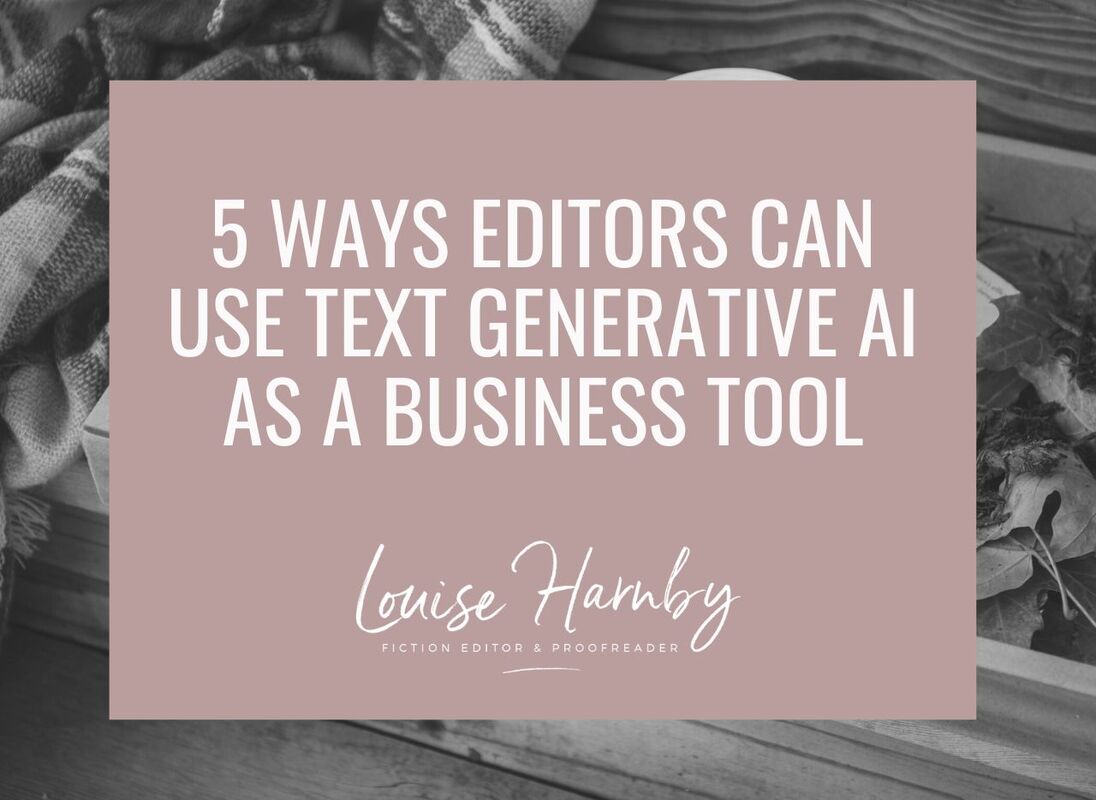
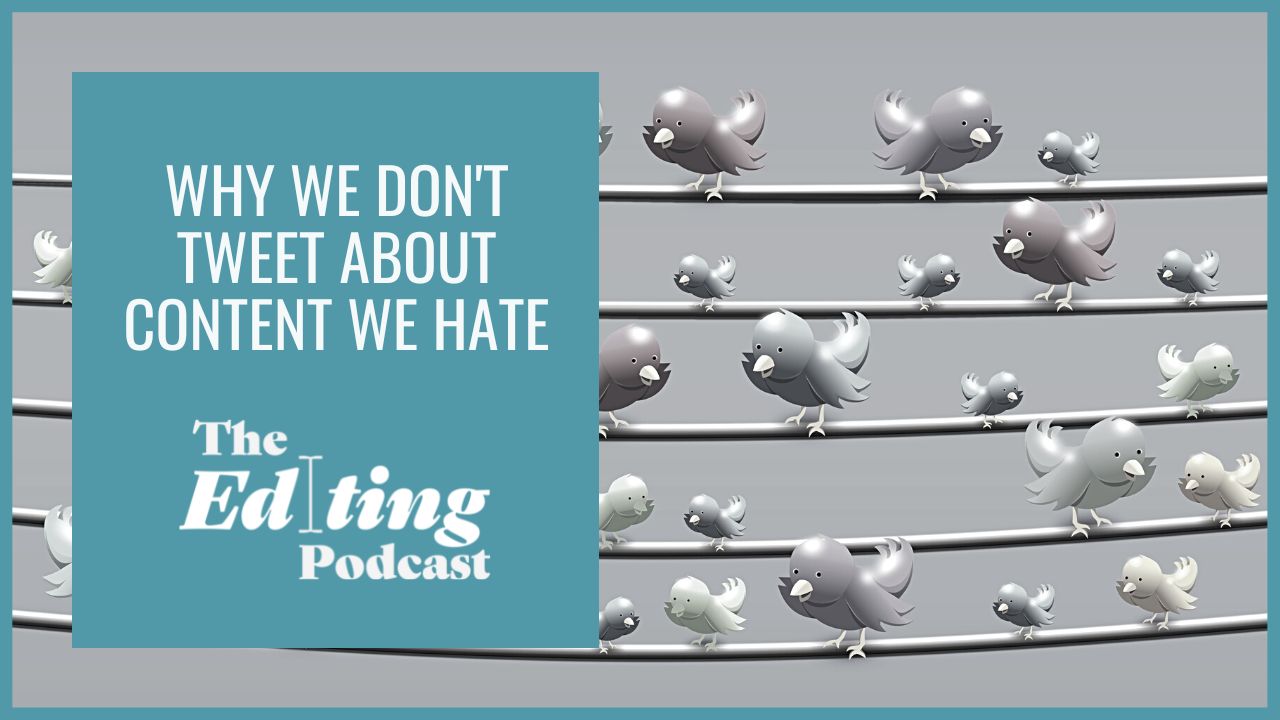
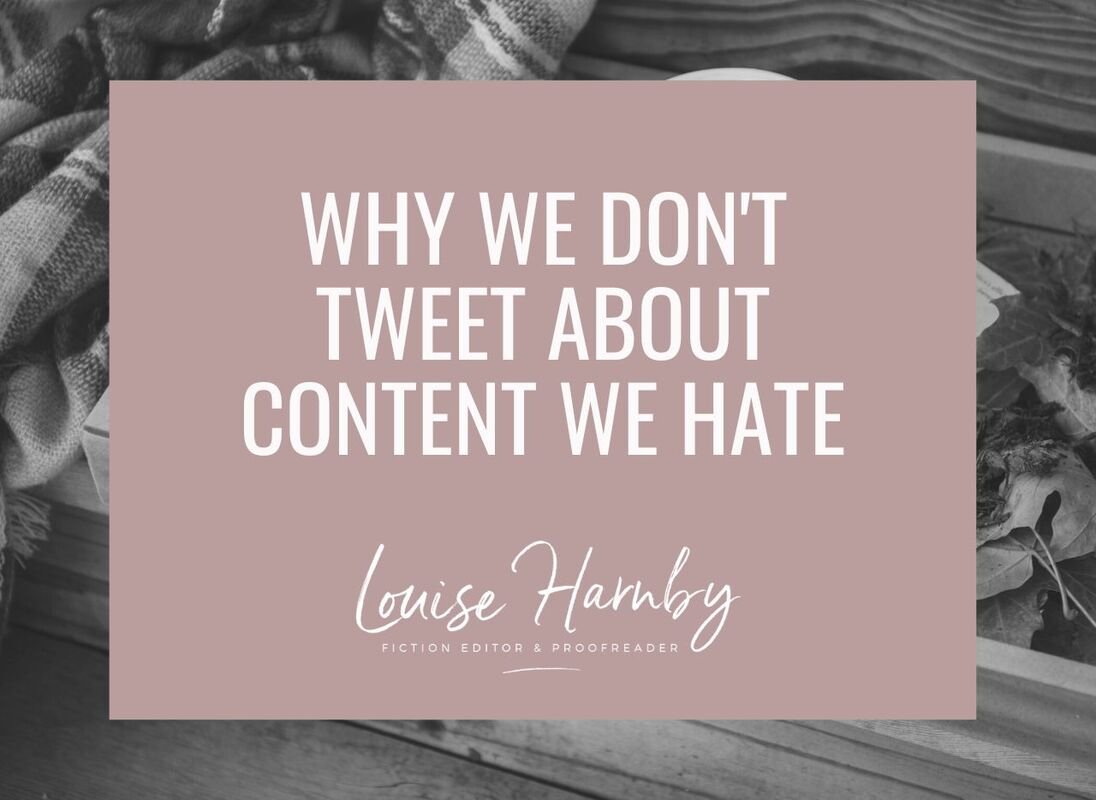
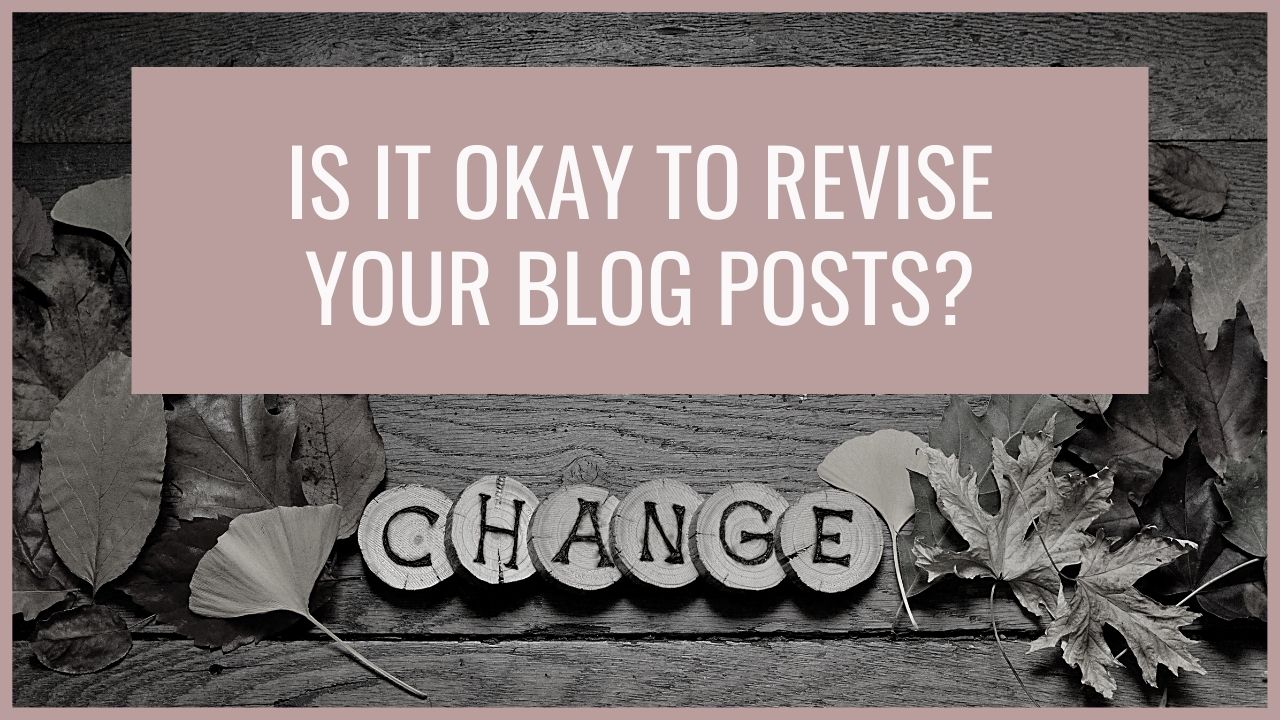
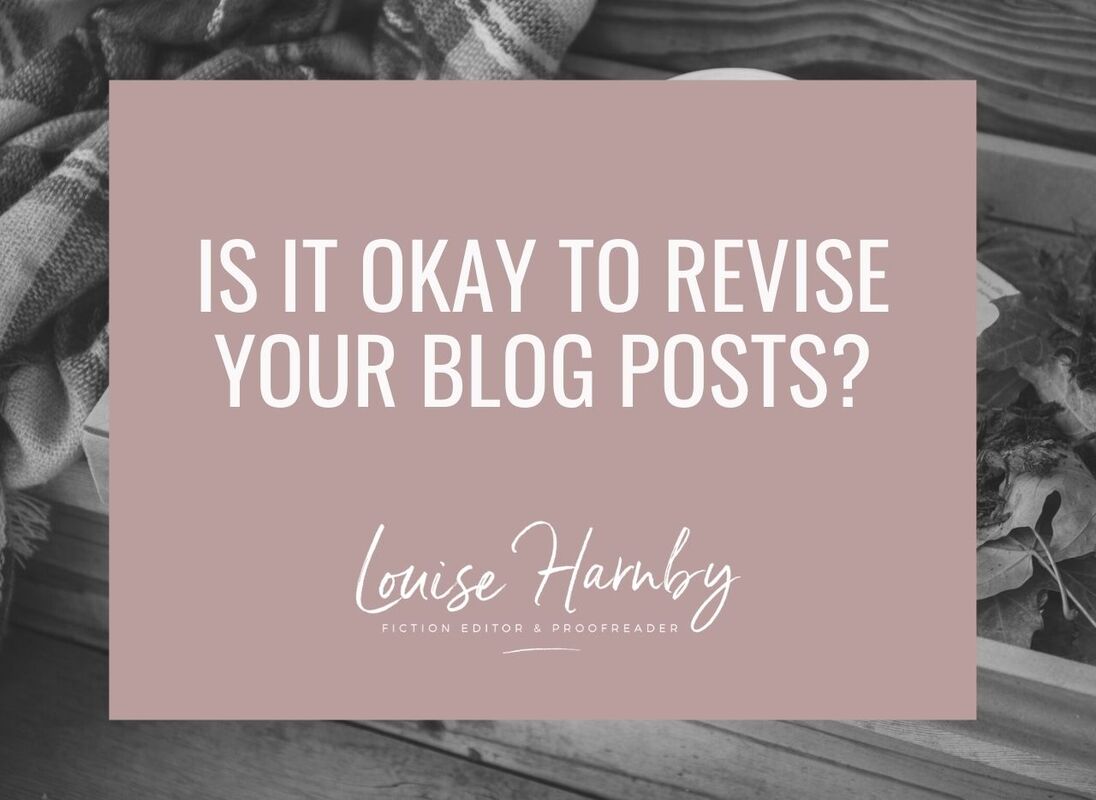



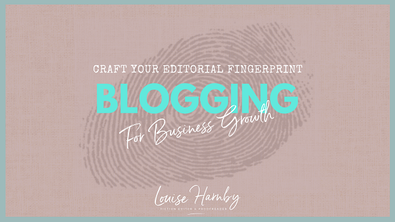
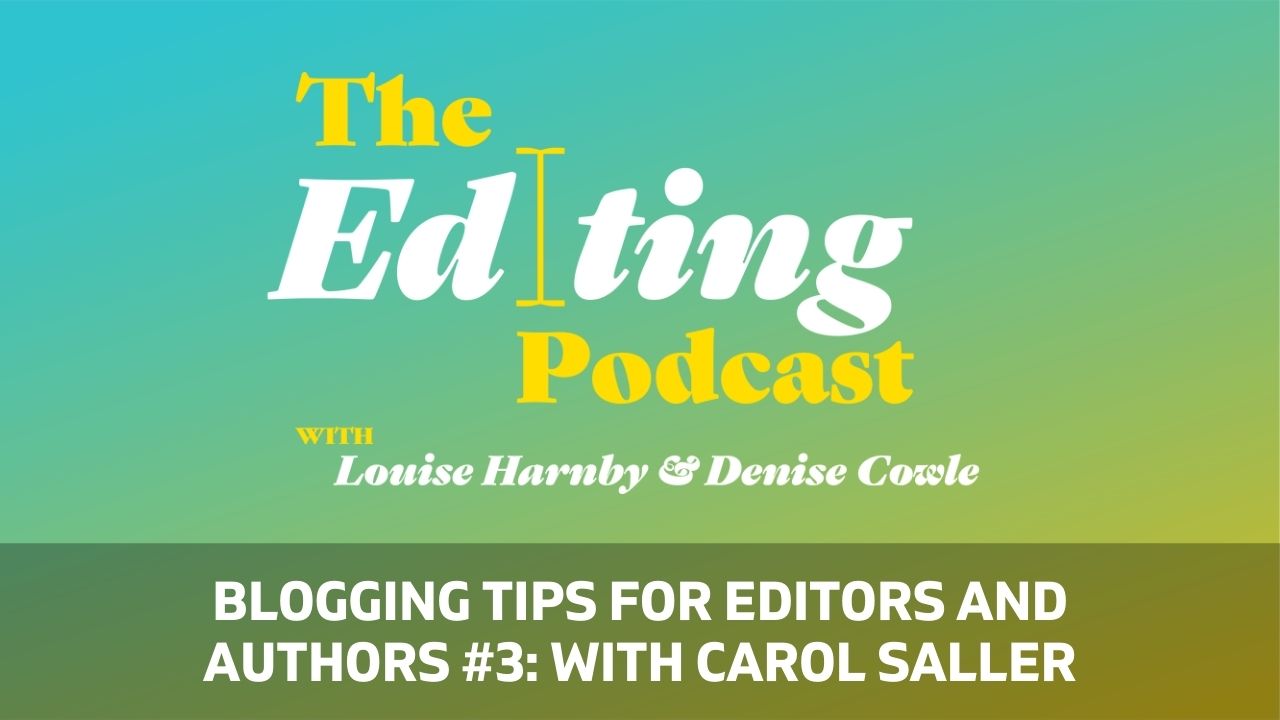
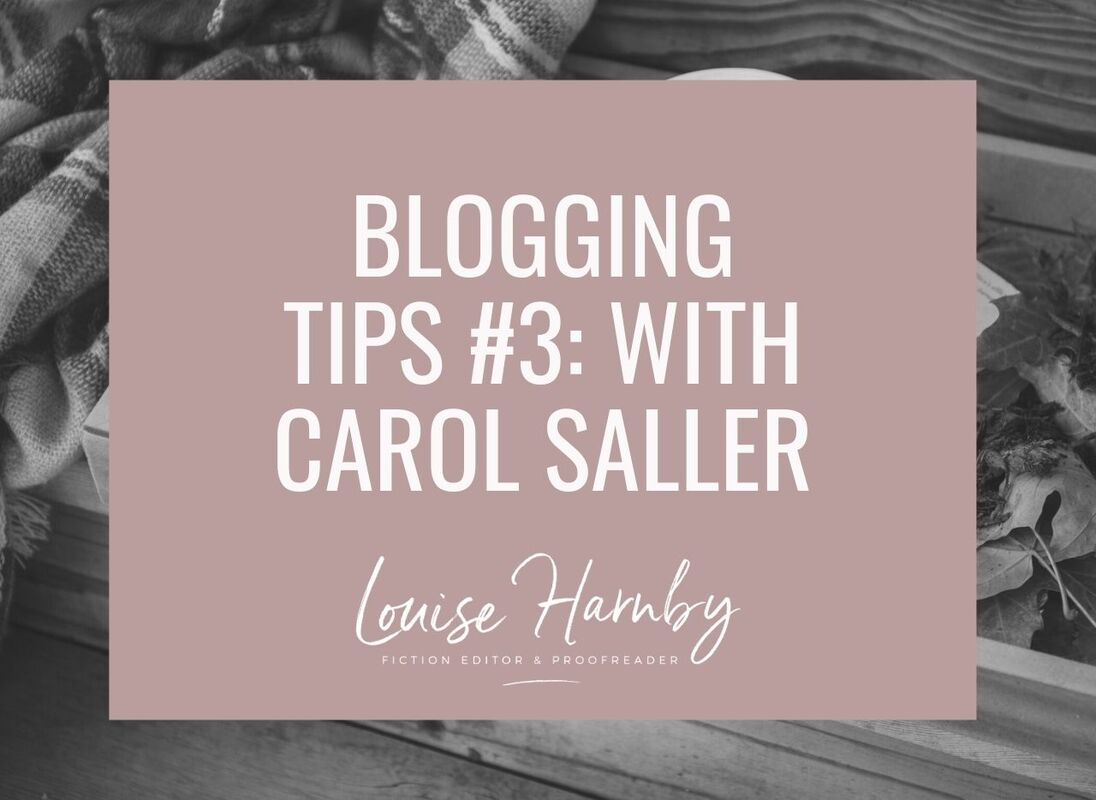
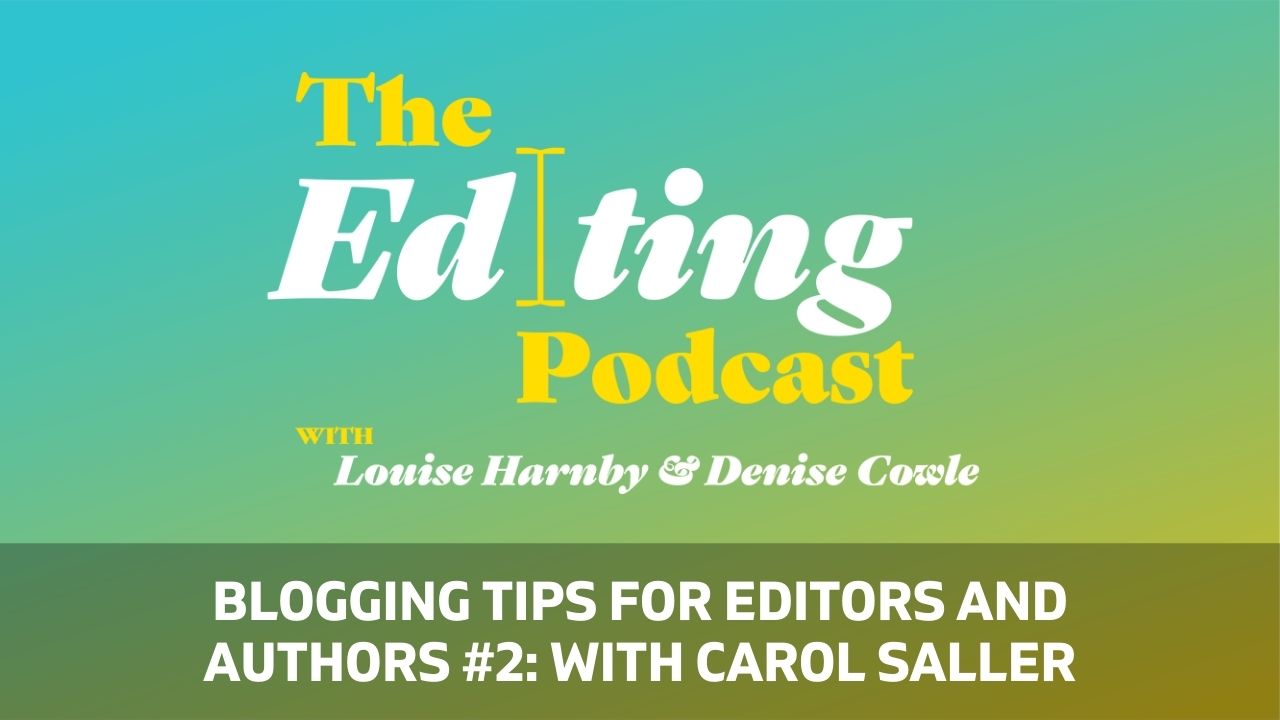
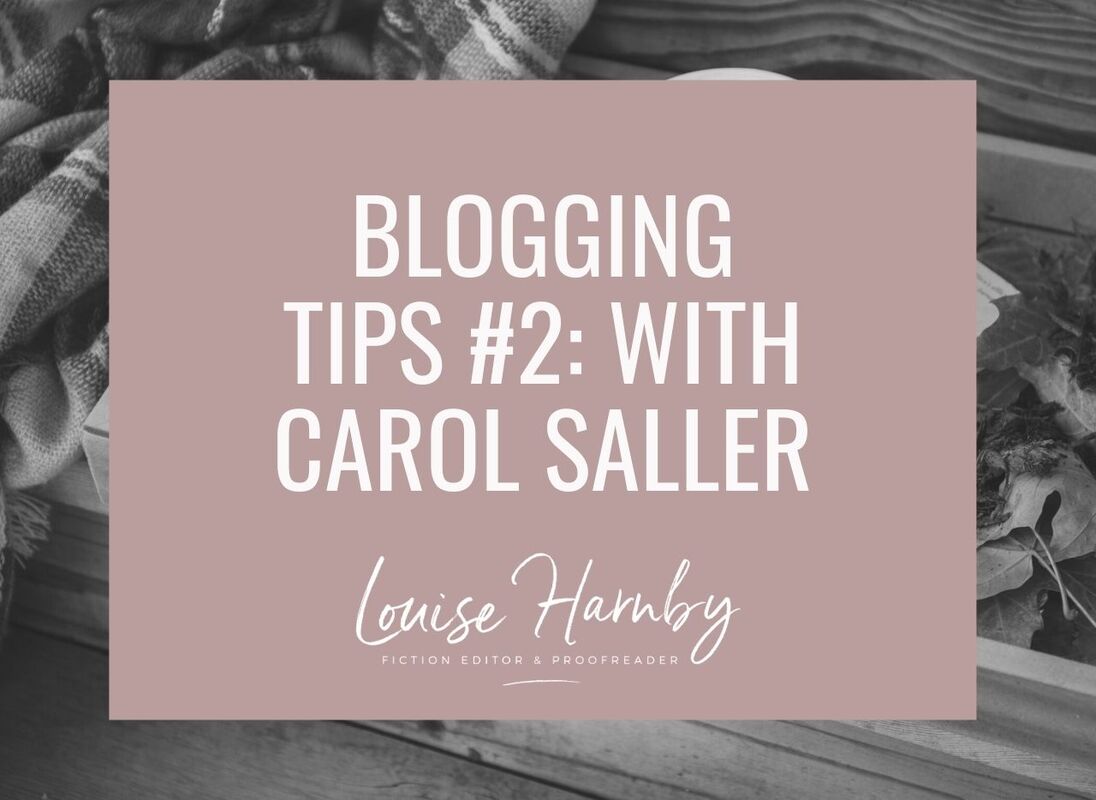
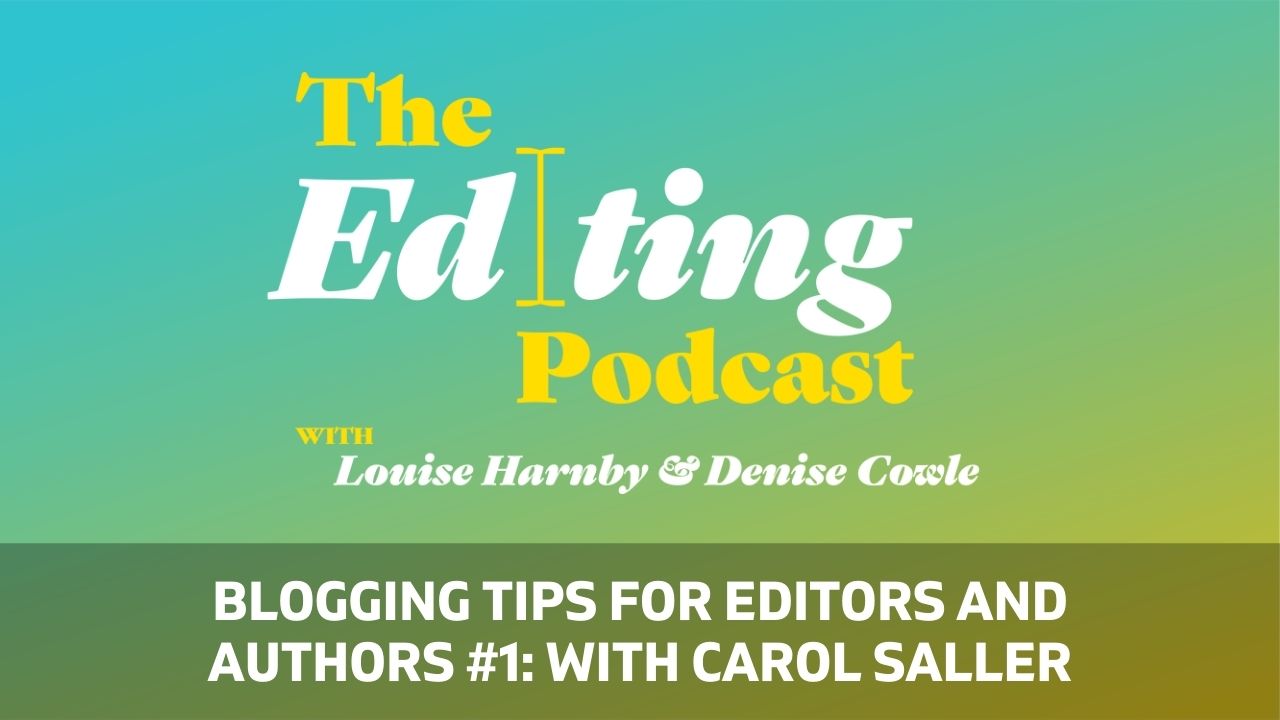
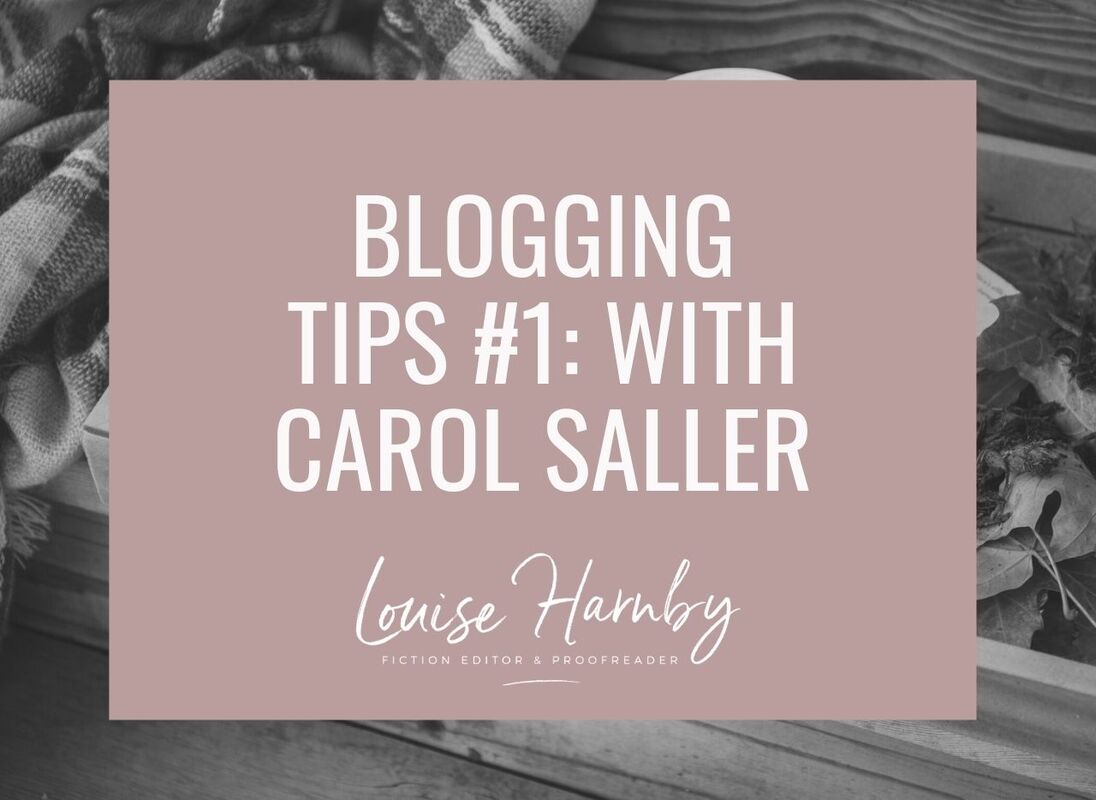
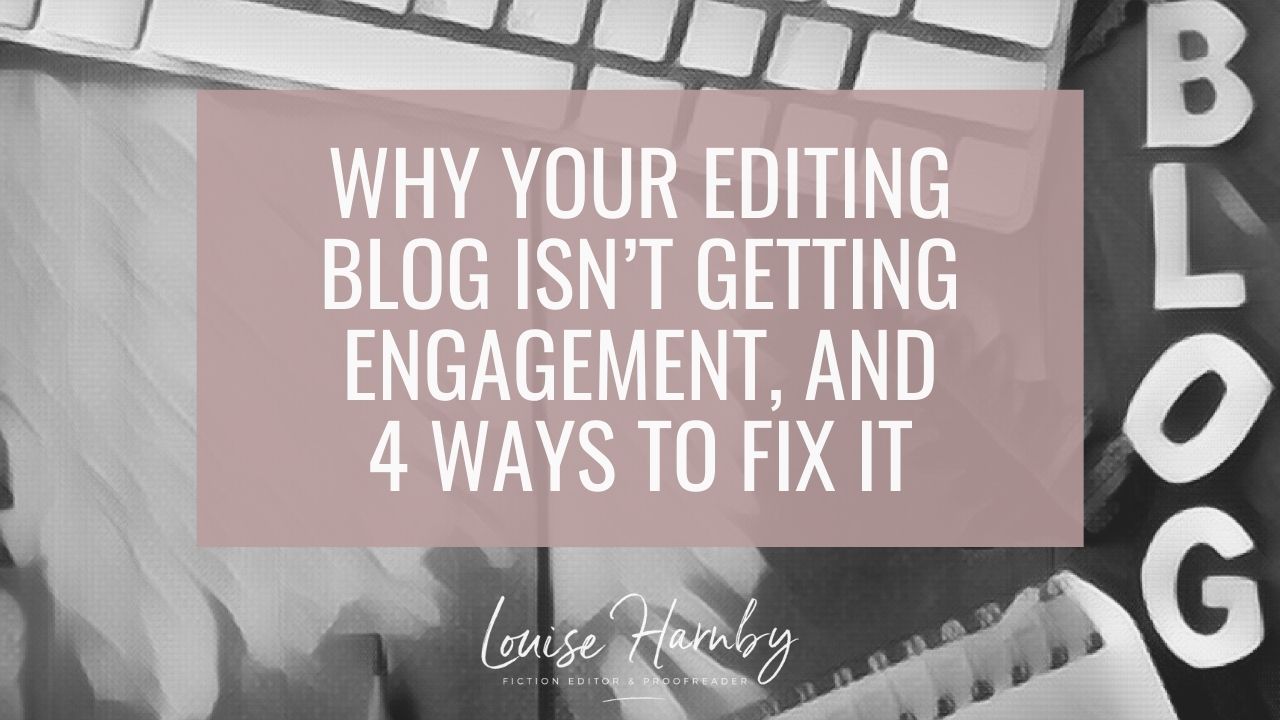
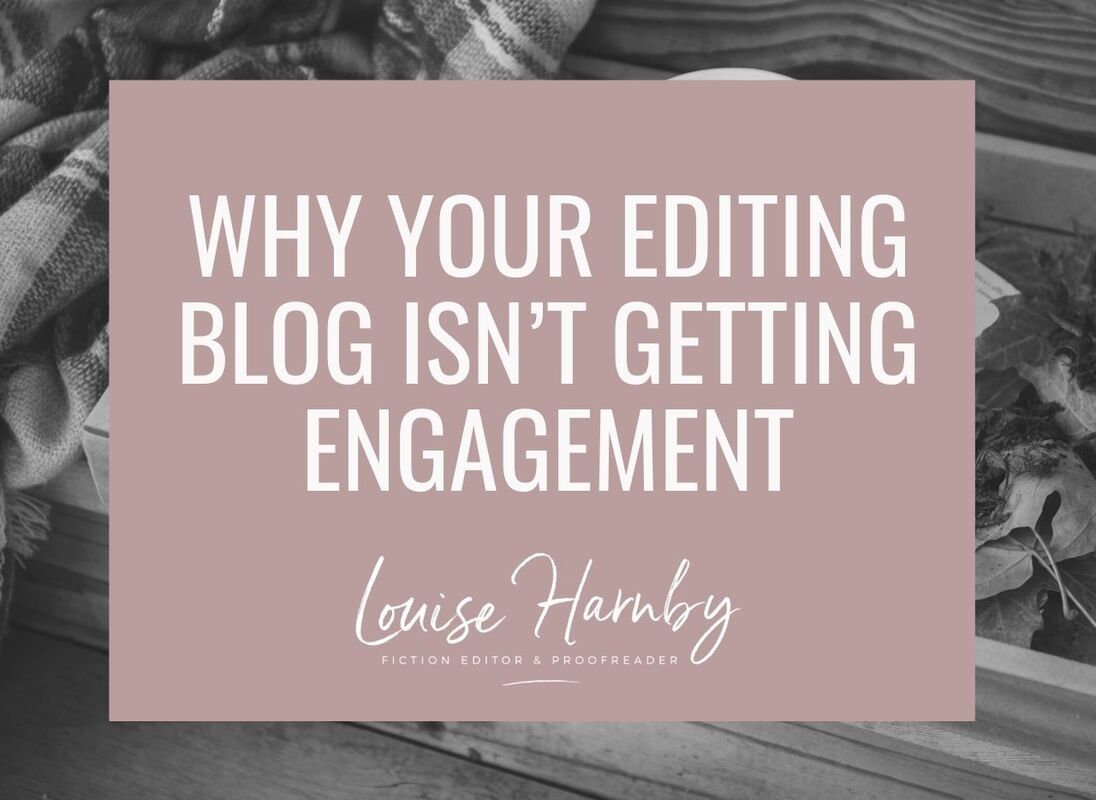





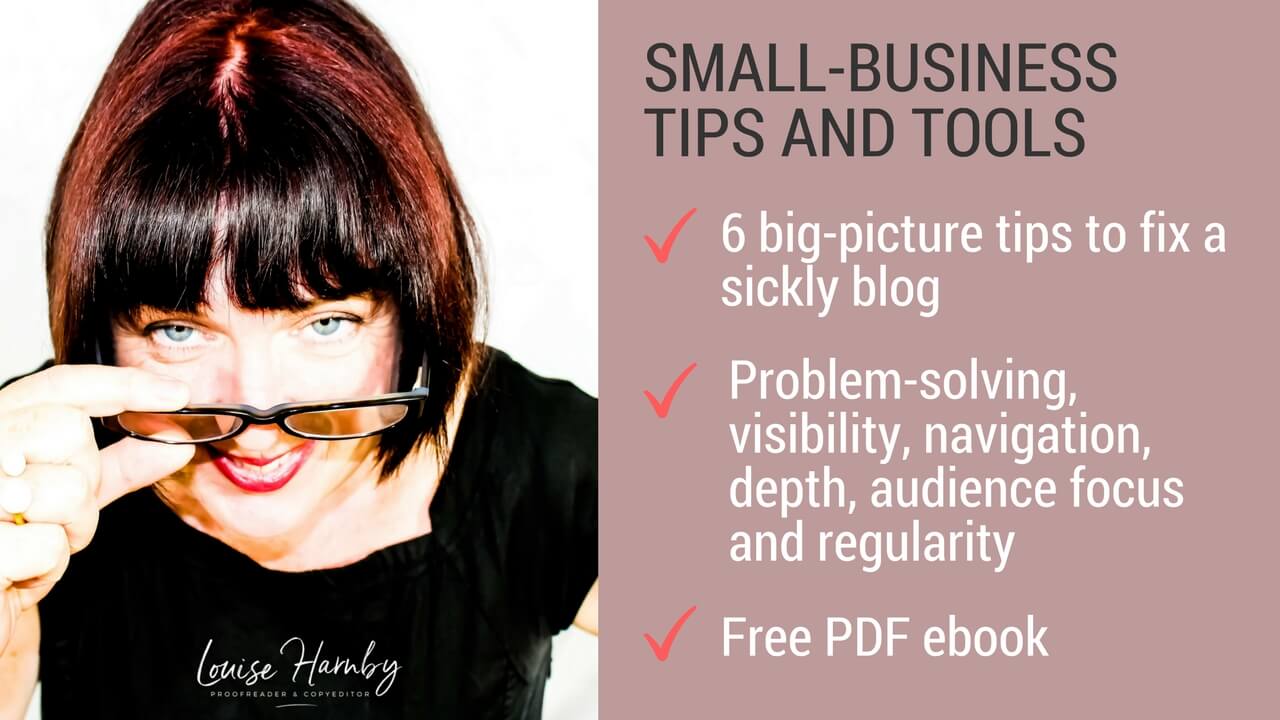








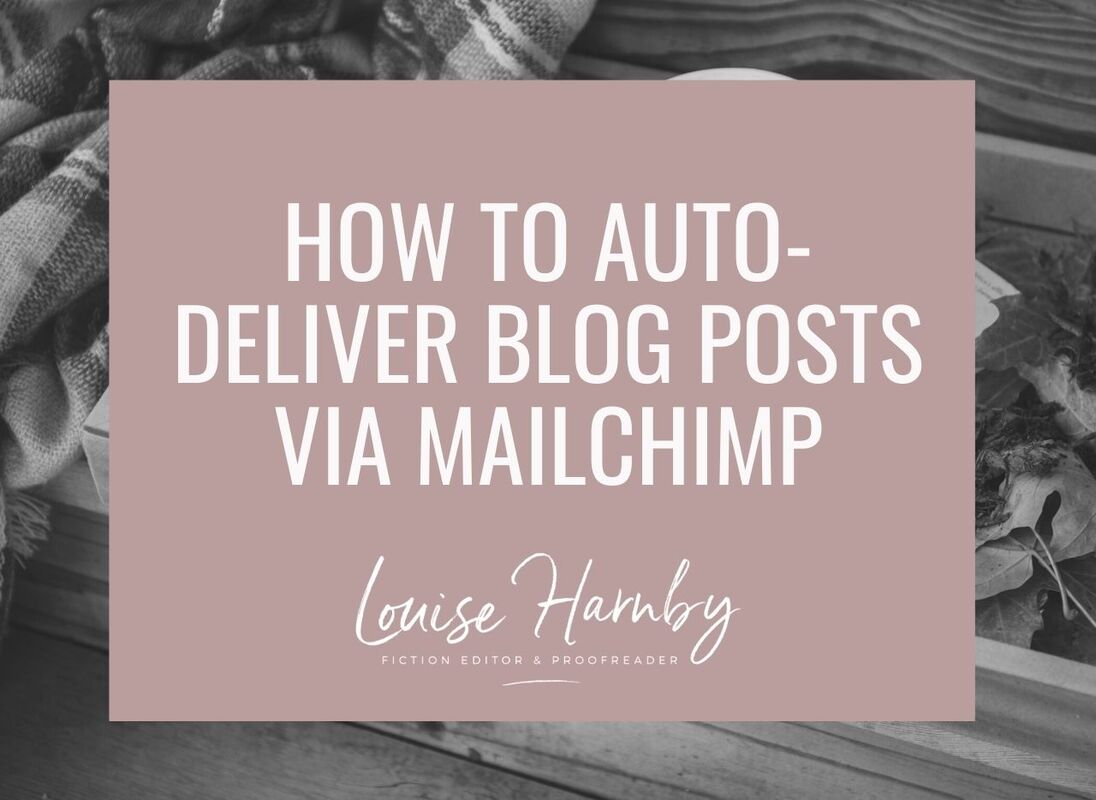

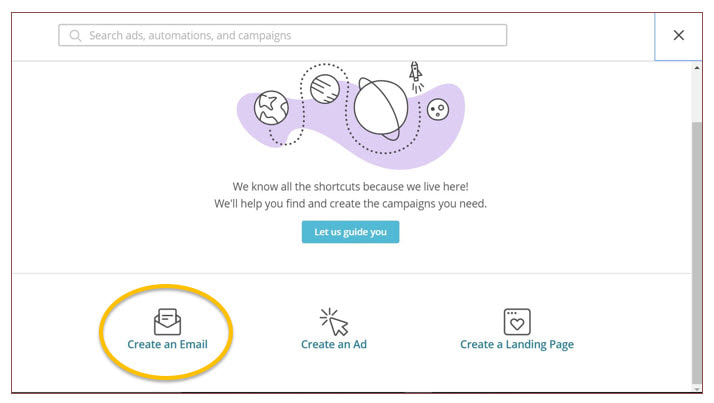
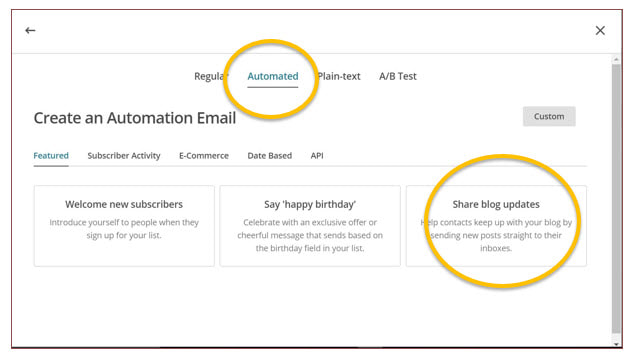
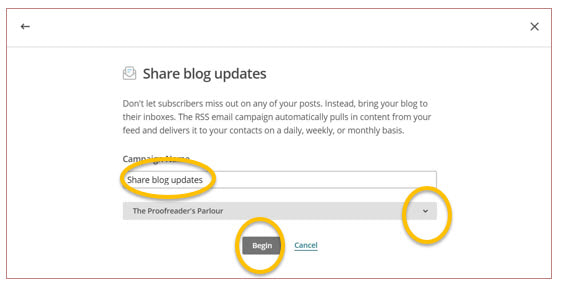
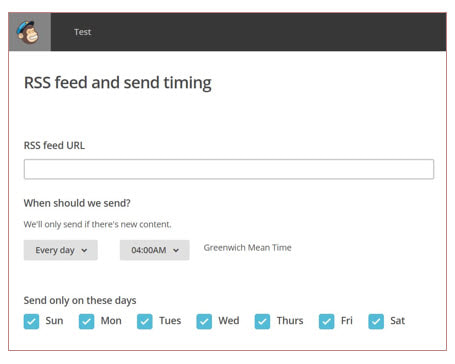
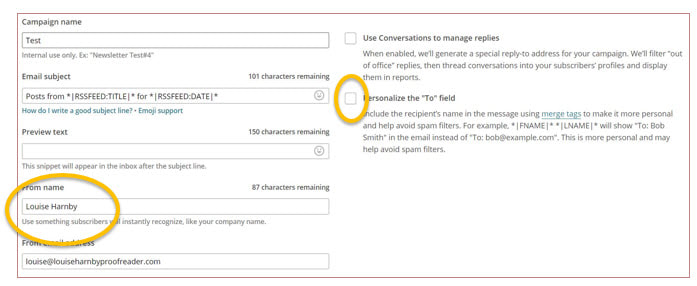
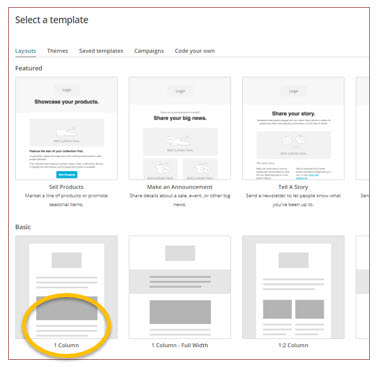
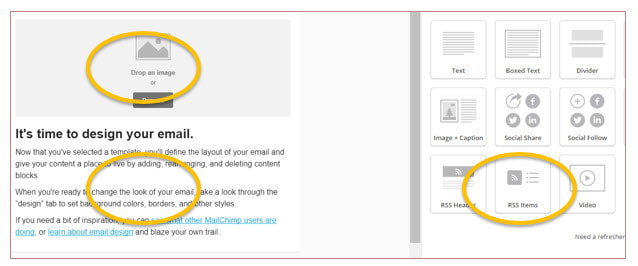
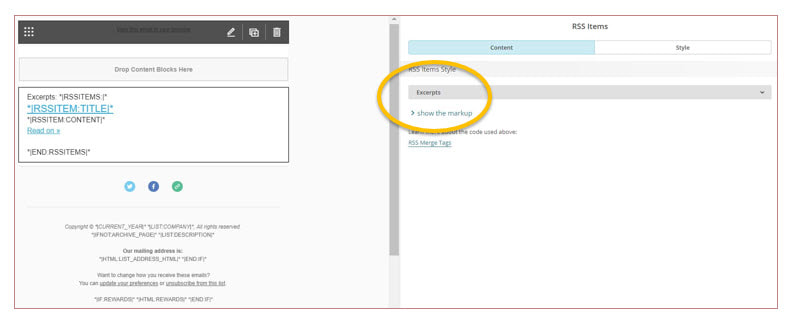
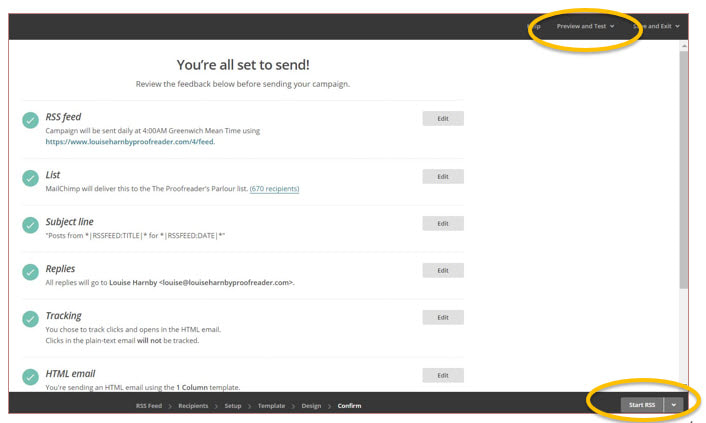
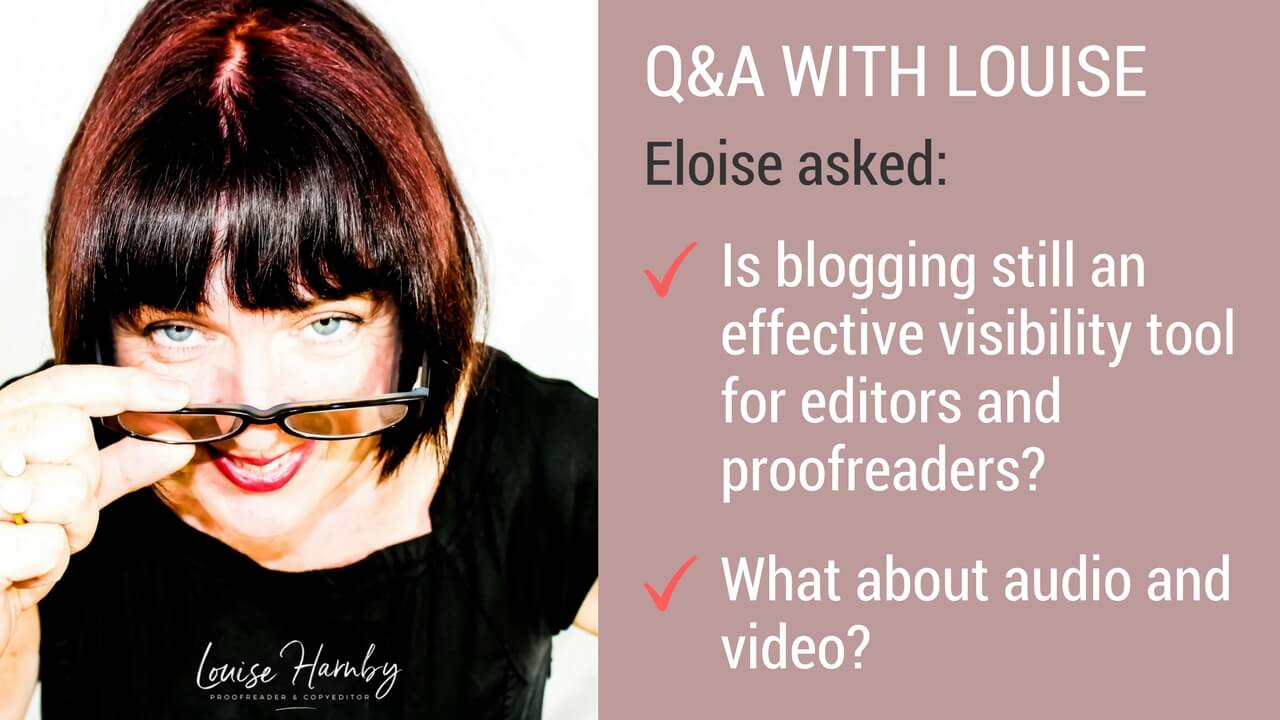
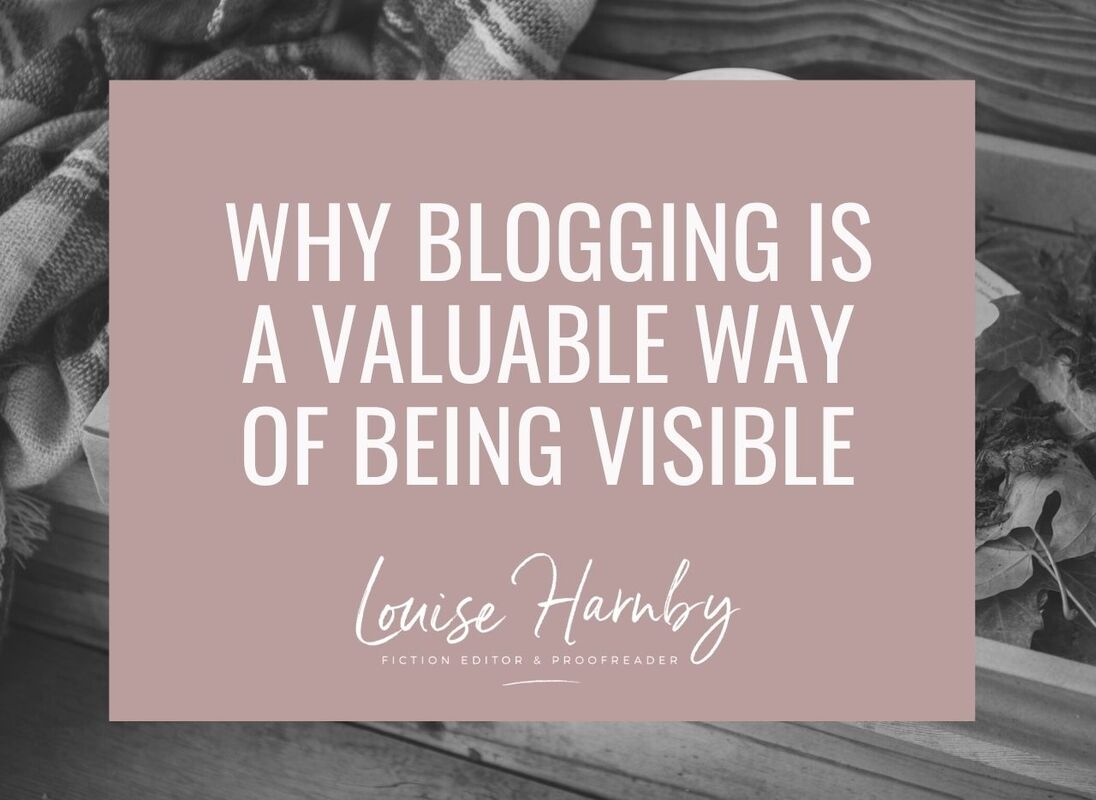
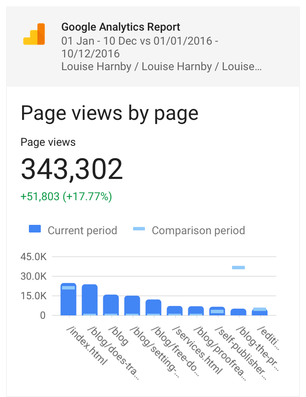

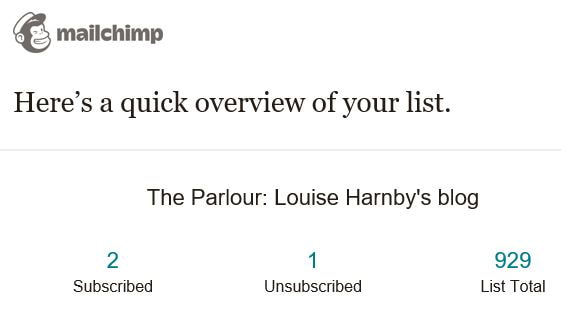

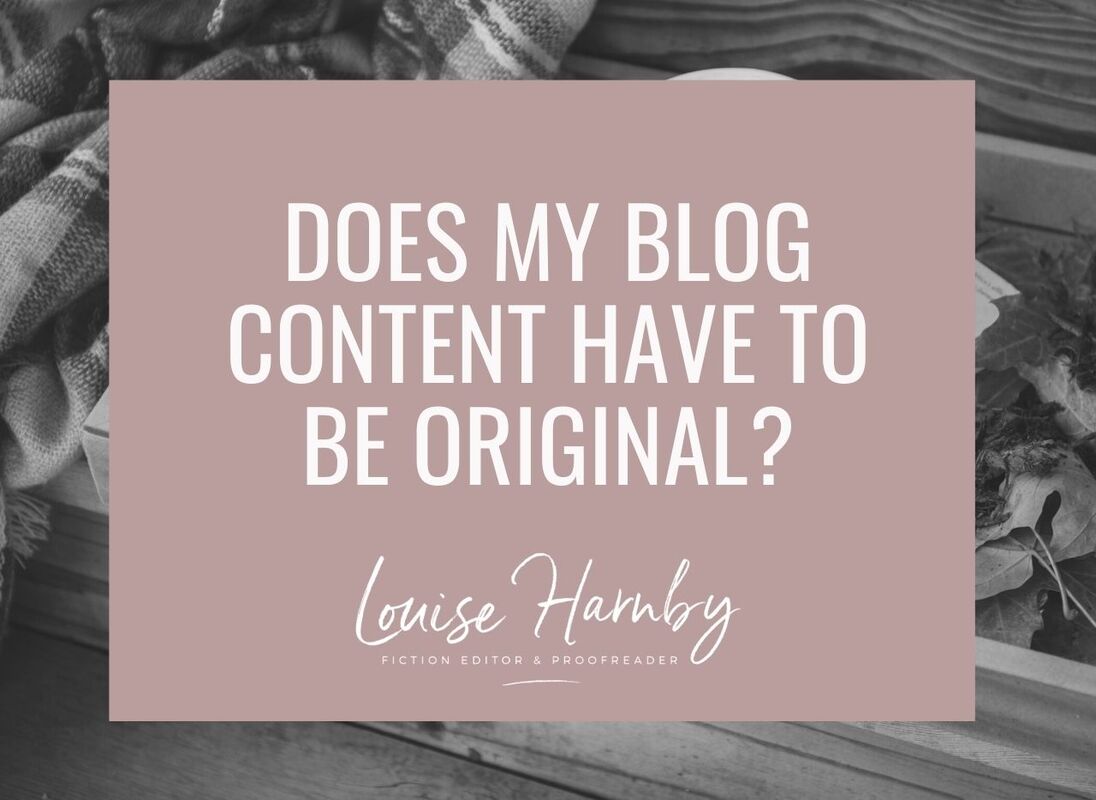









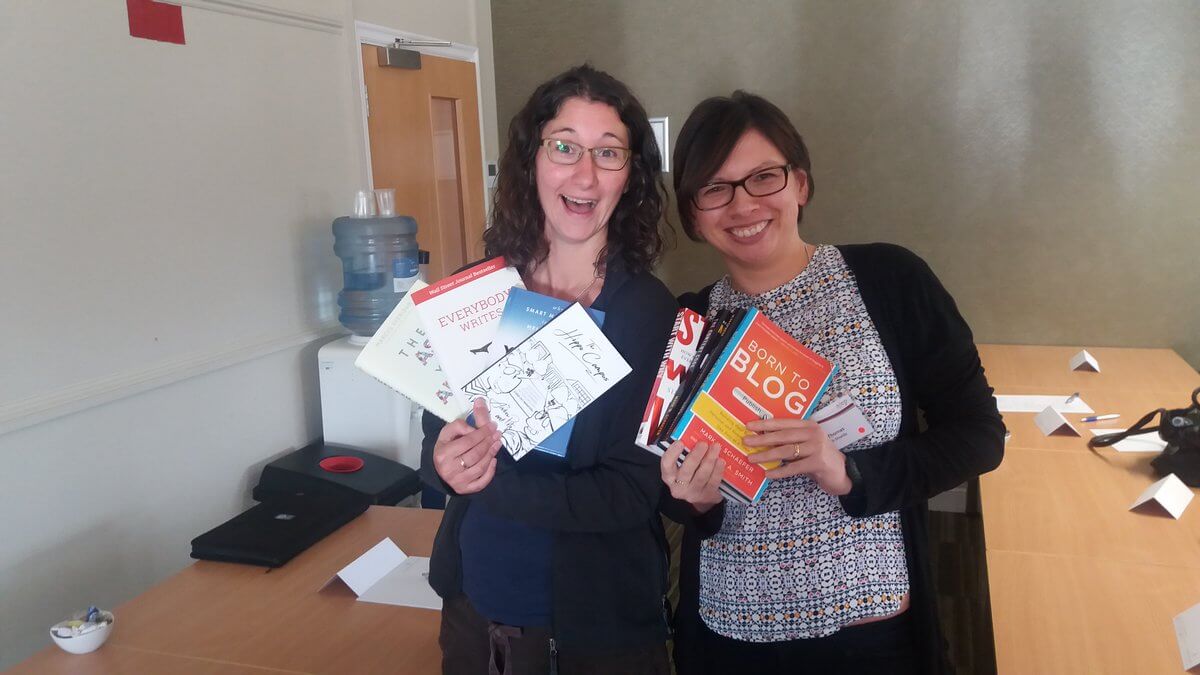


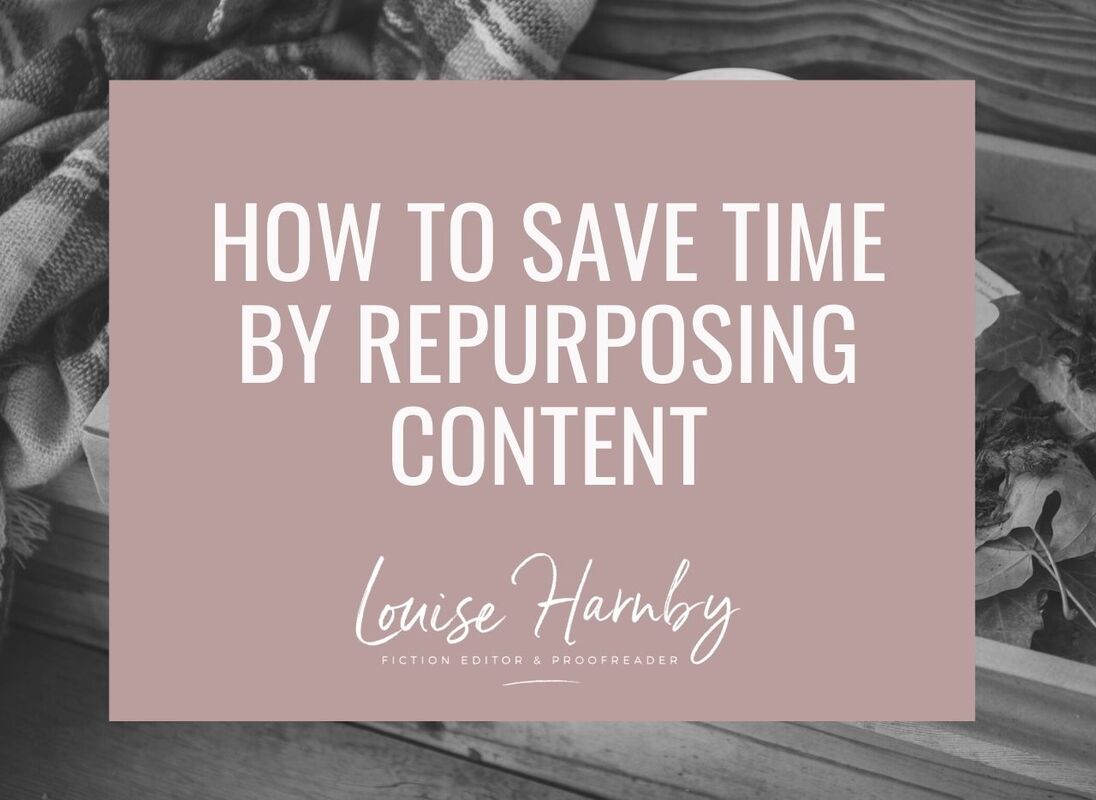
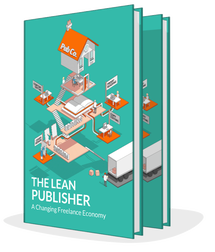
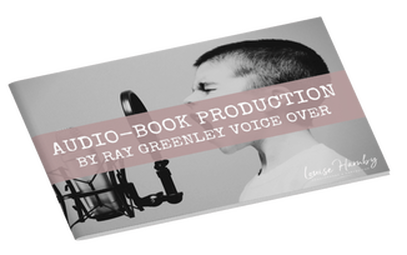













 RSS Feed
RSS Feed





